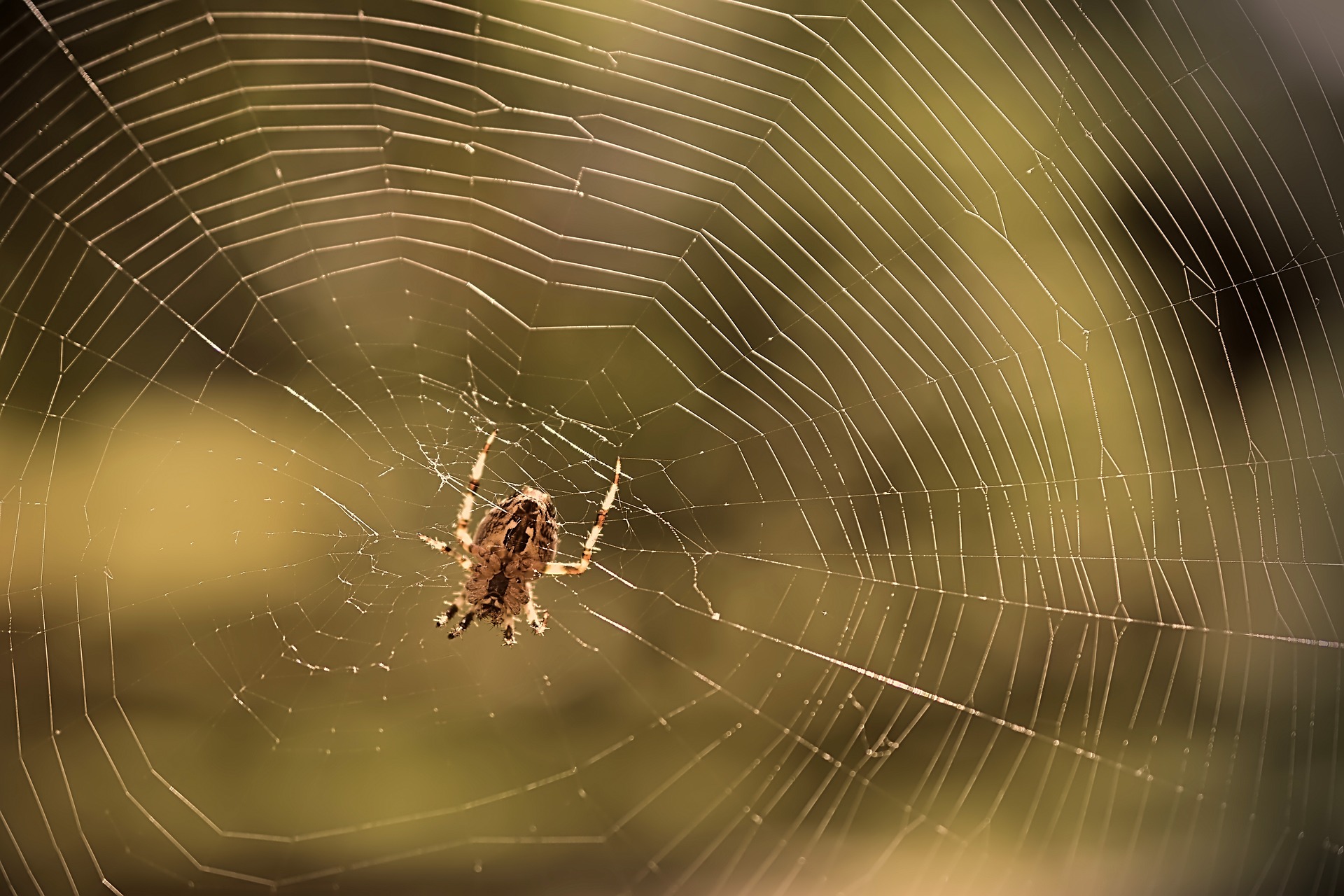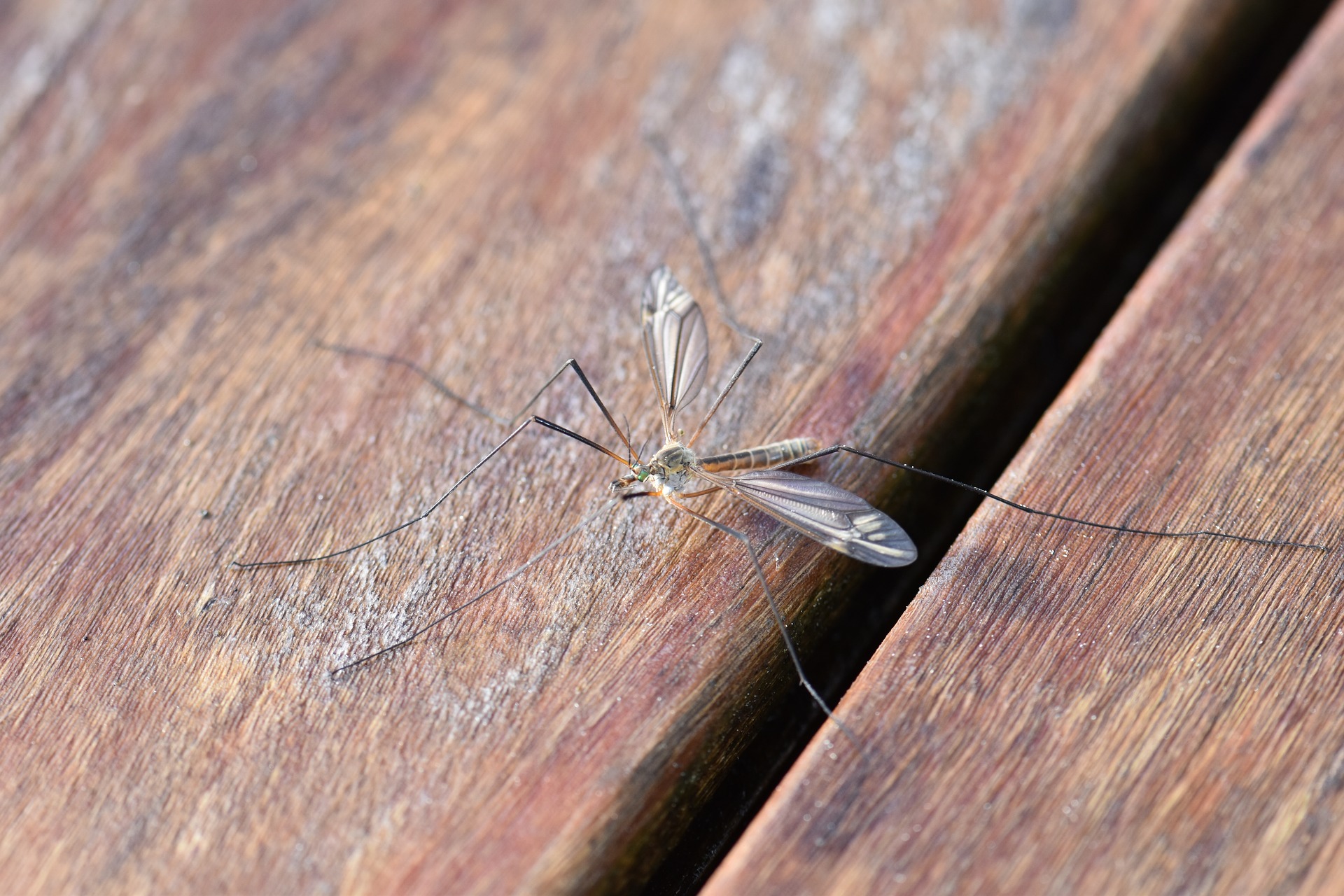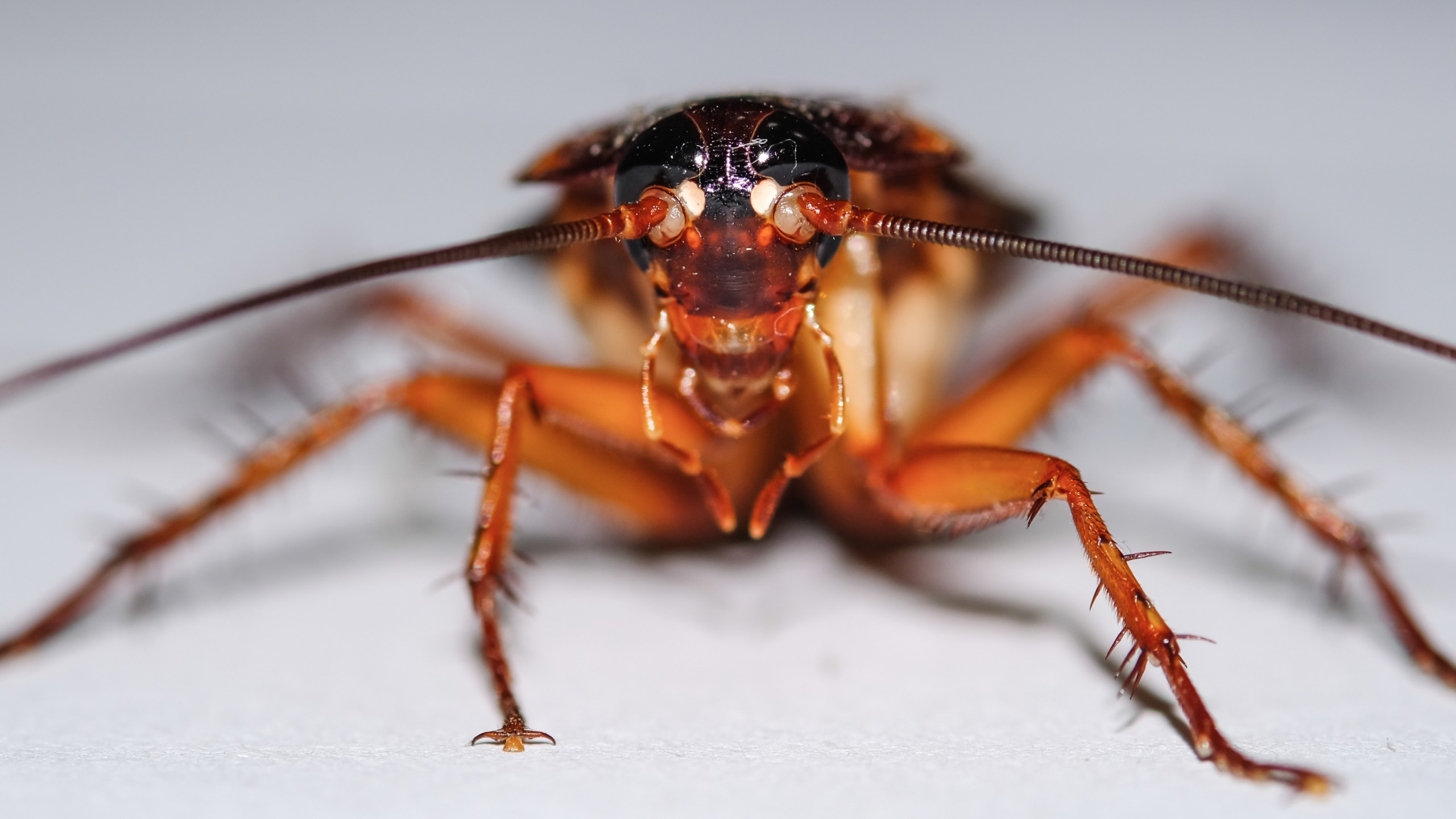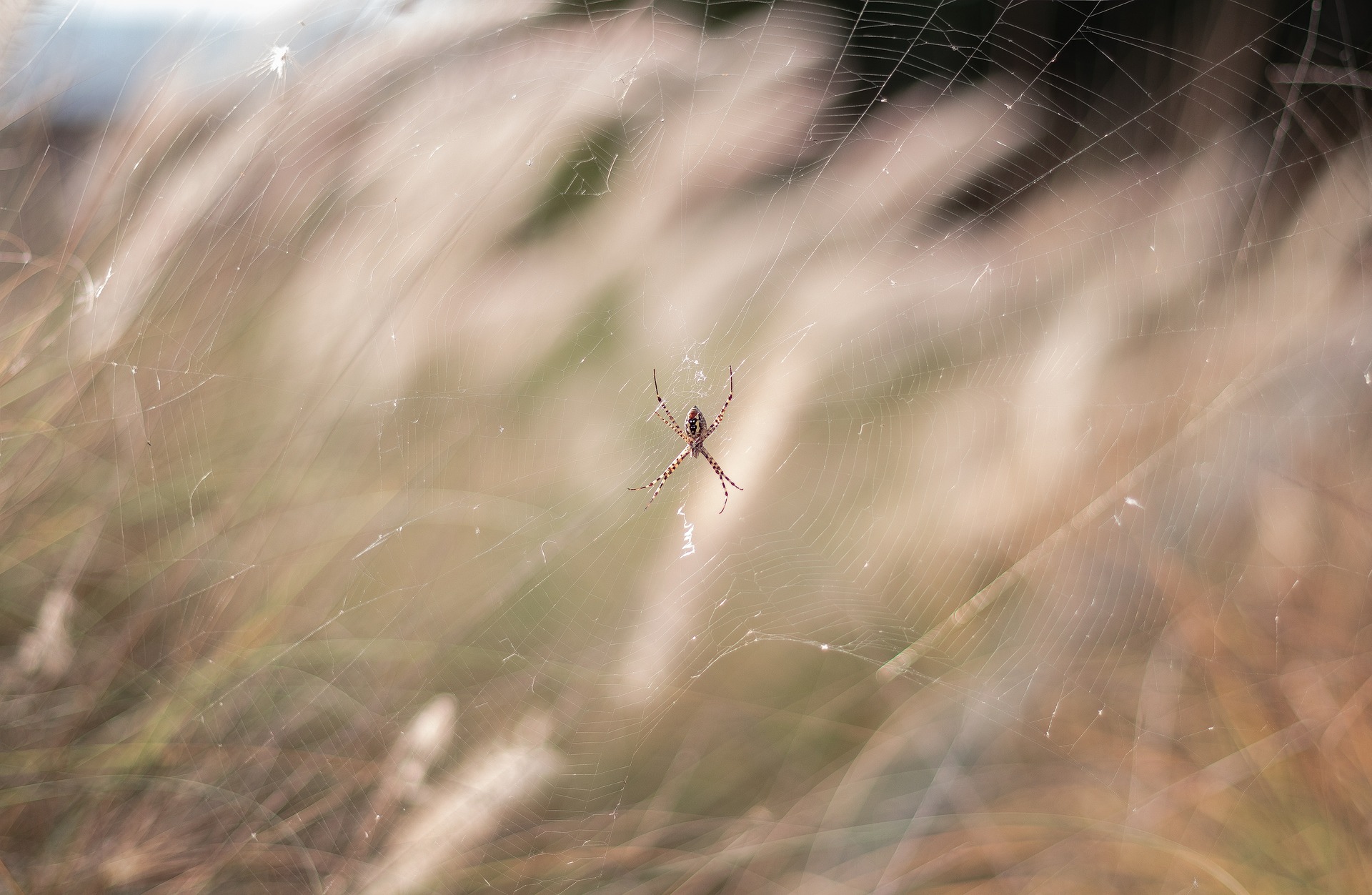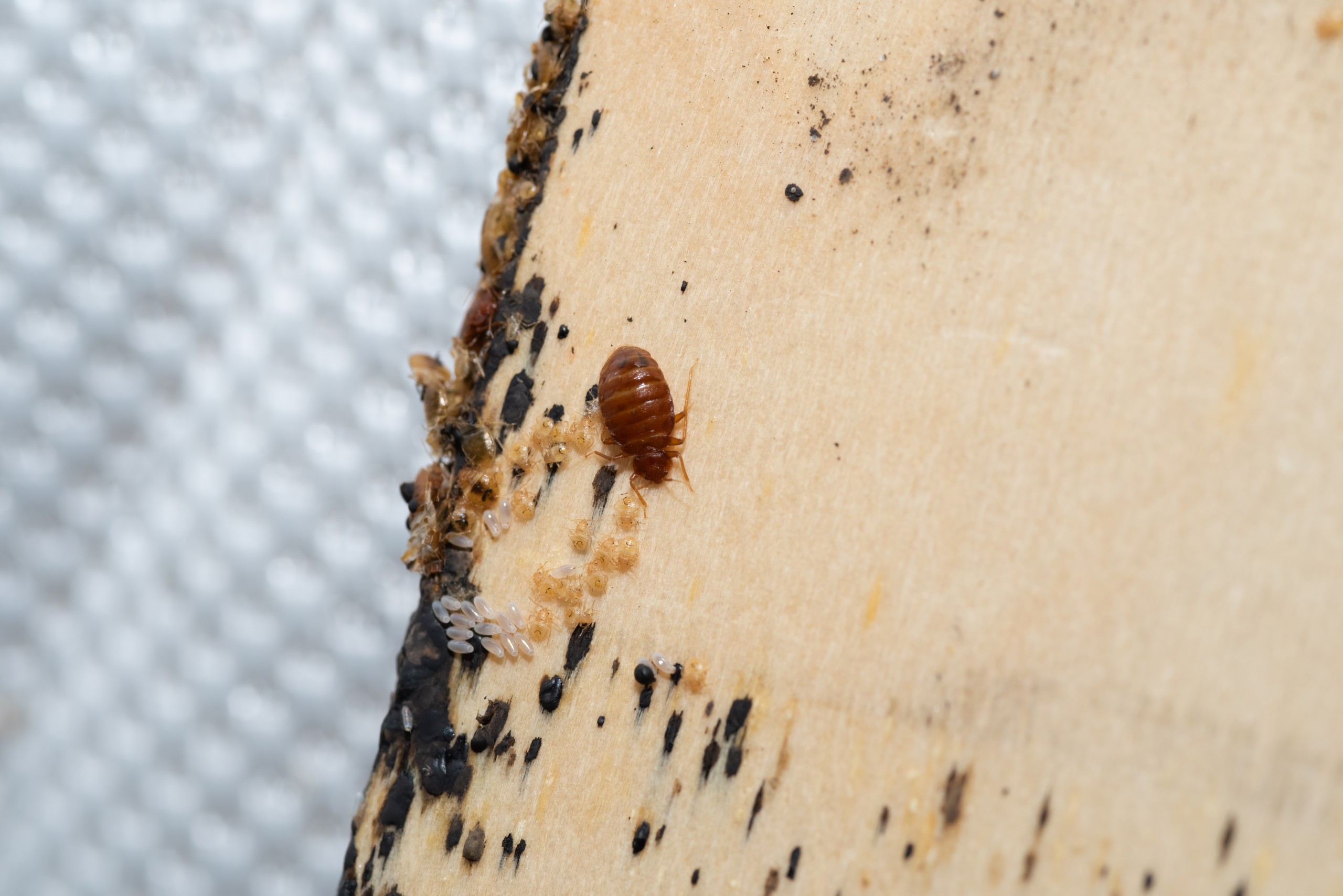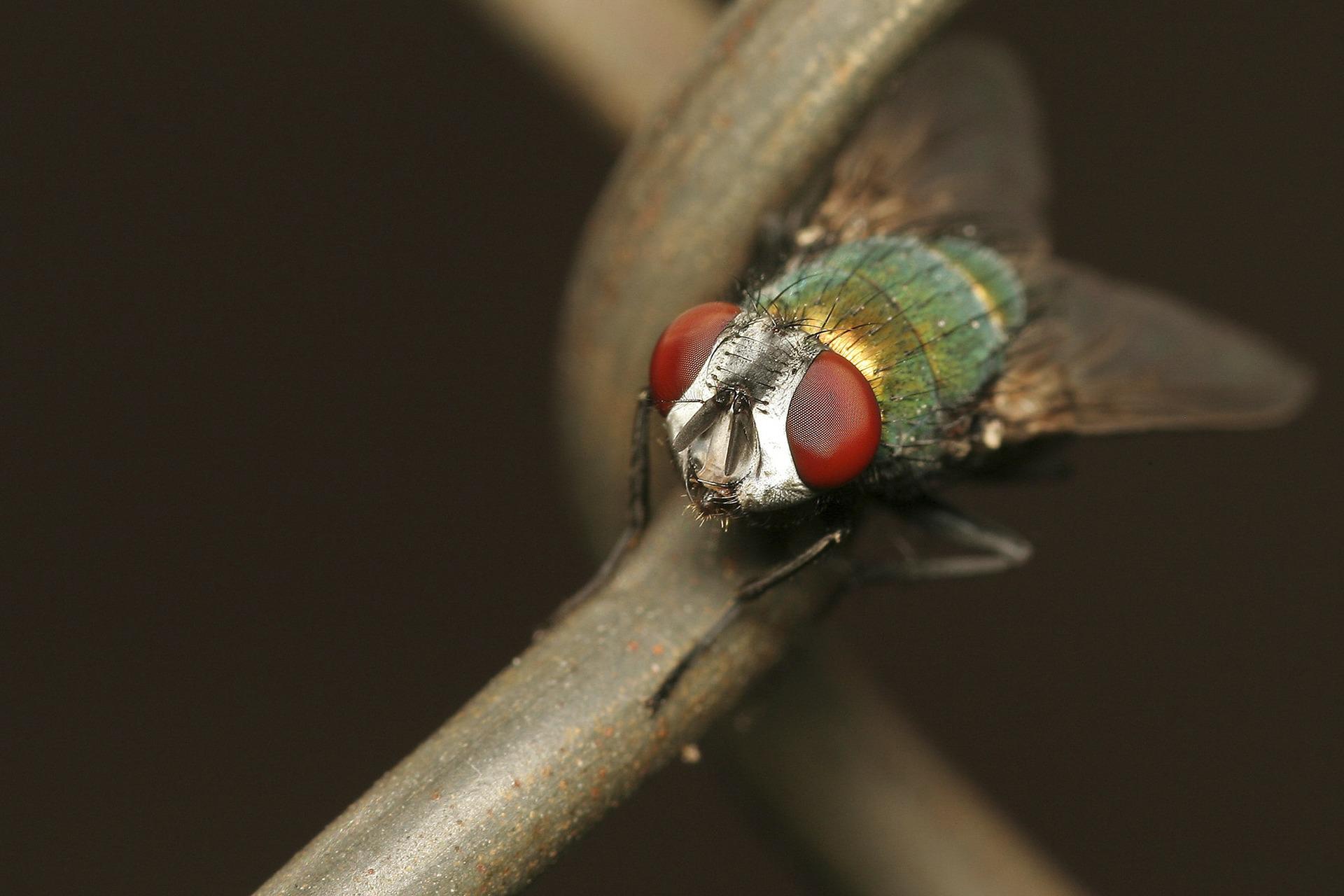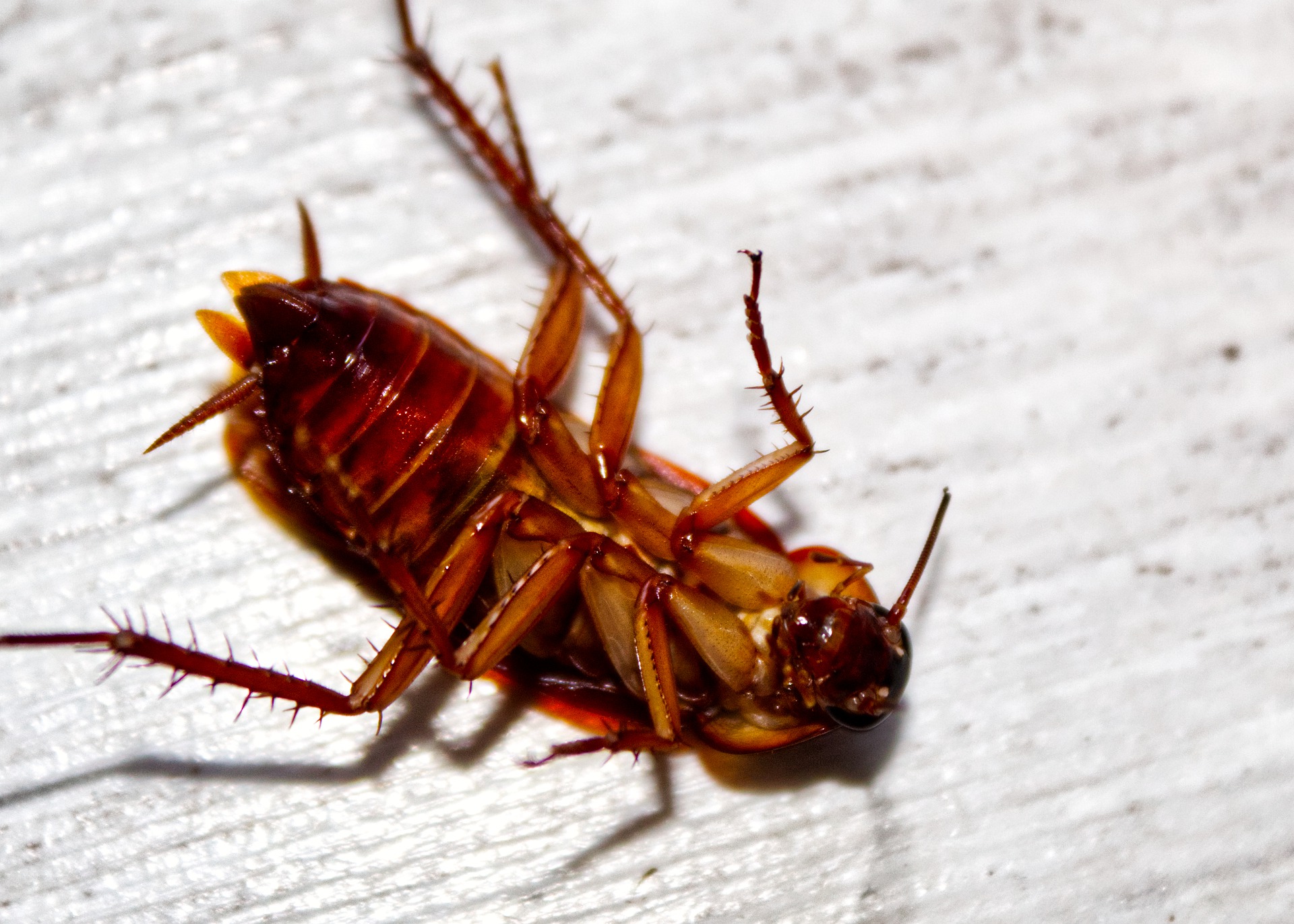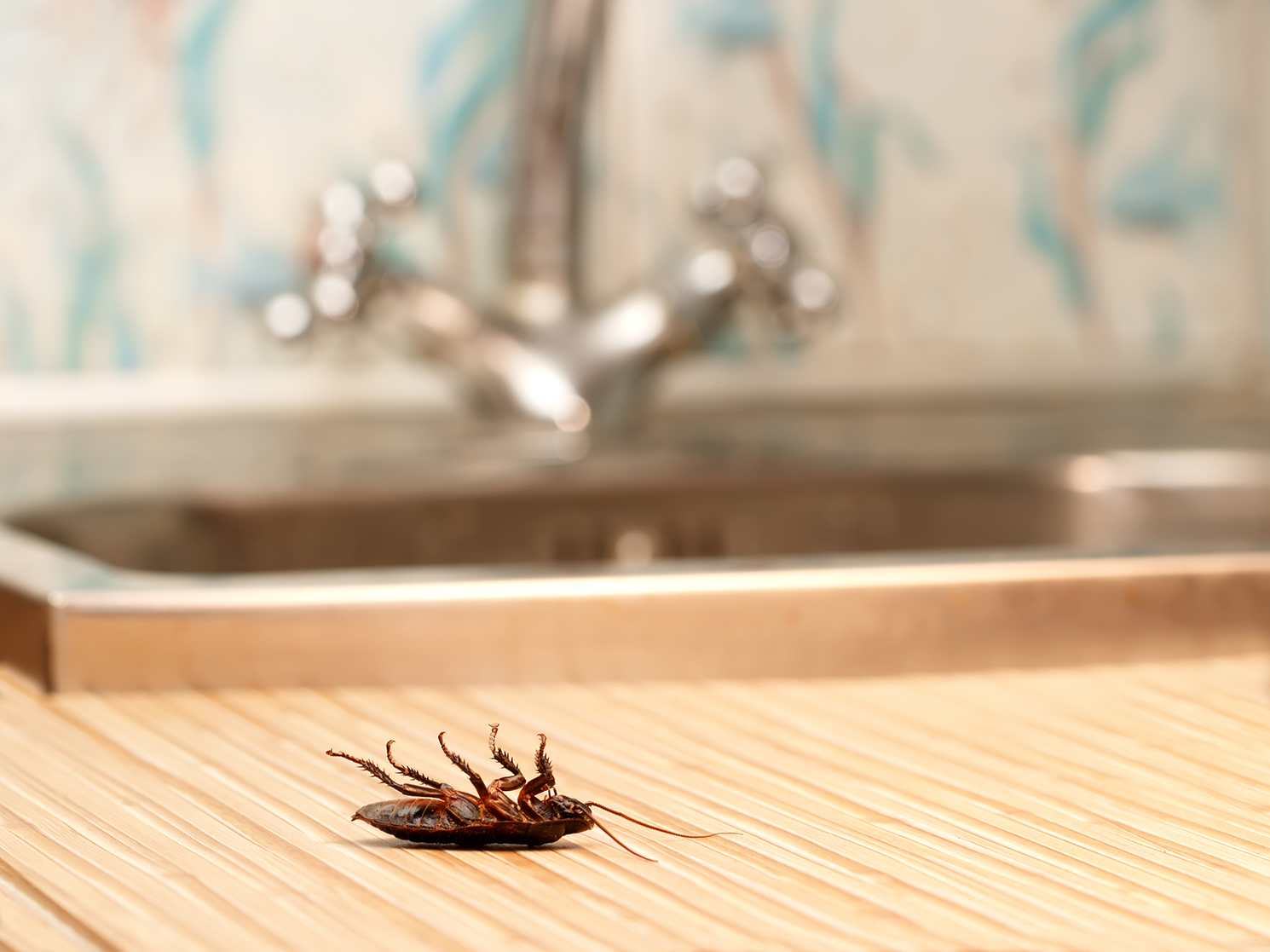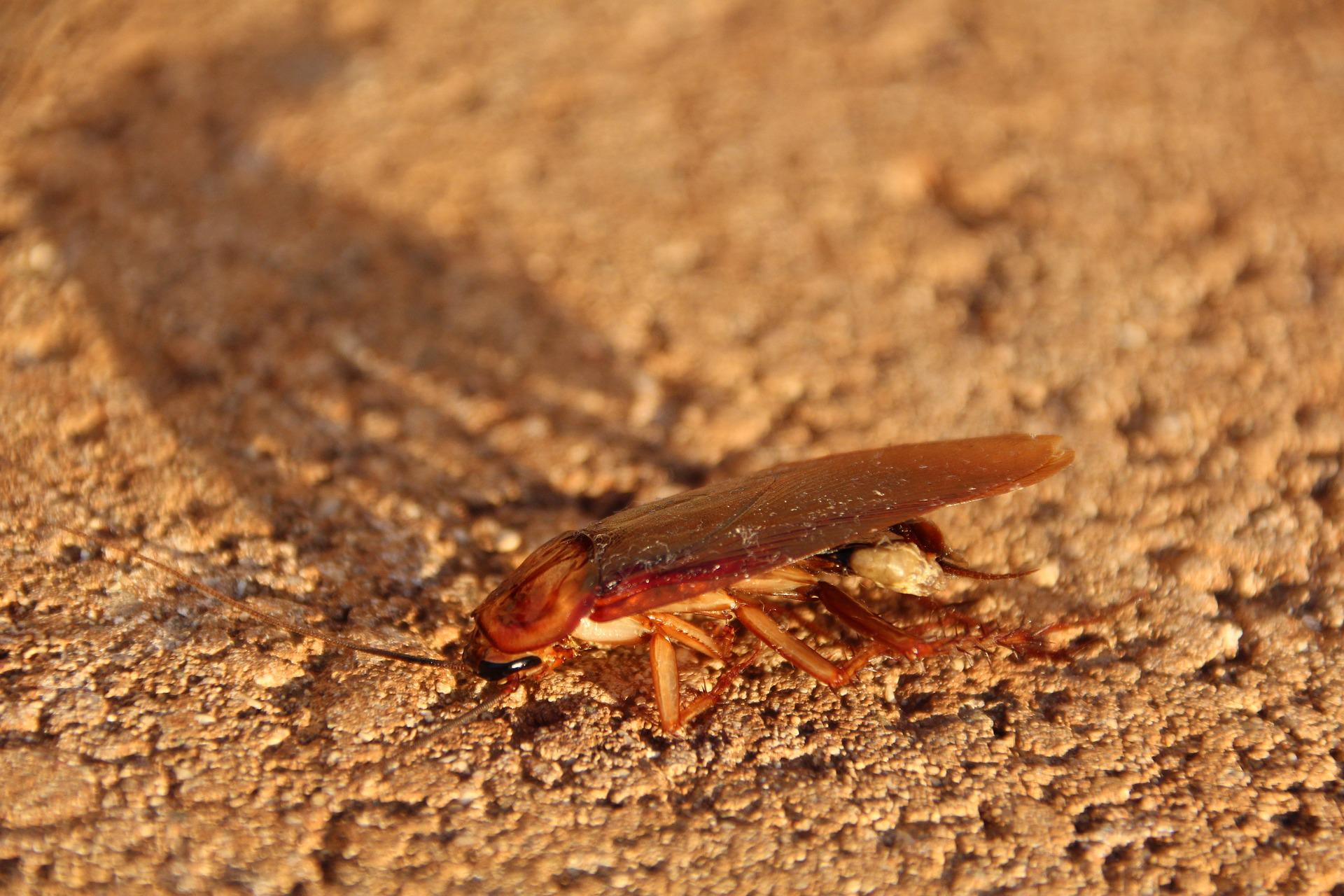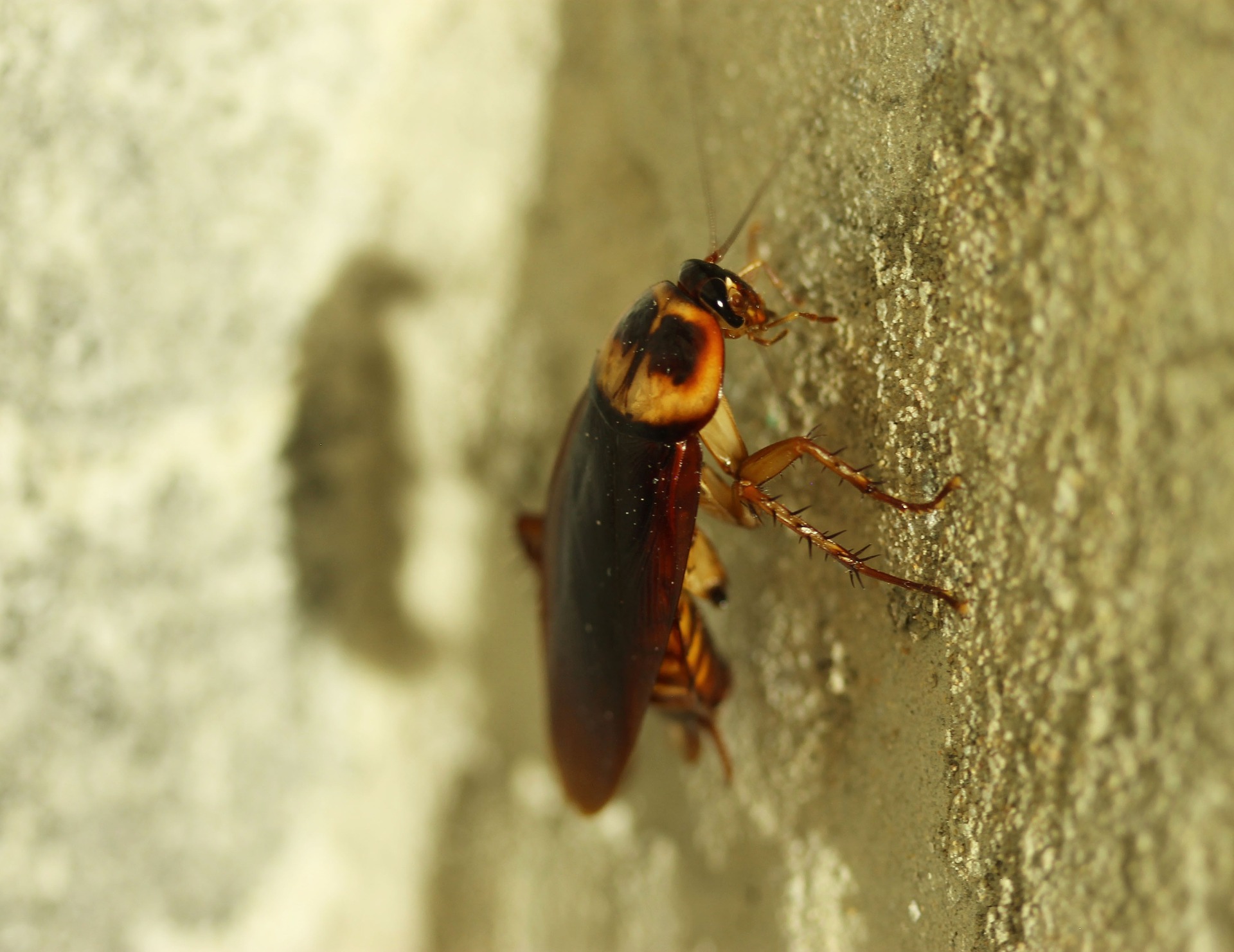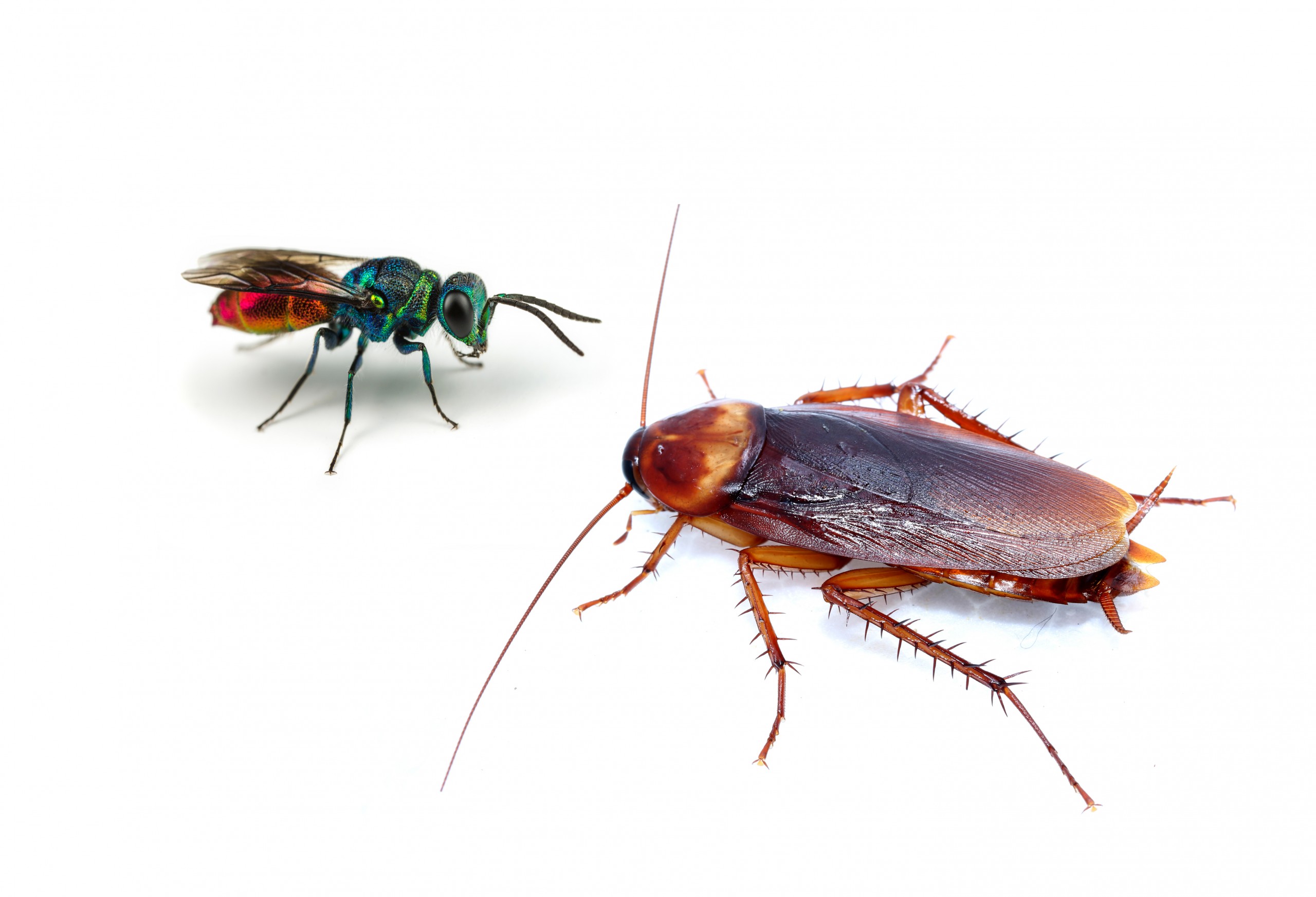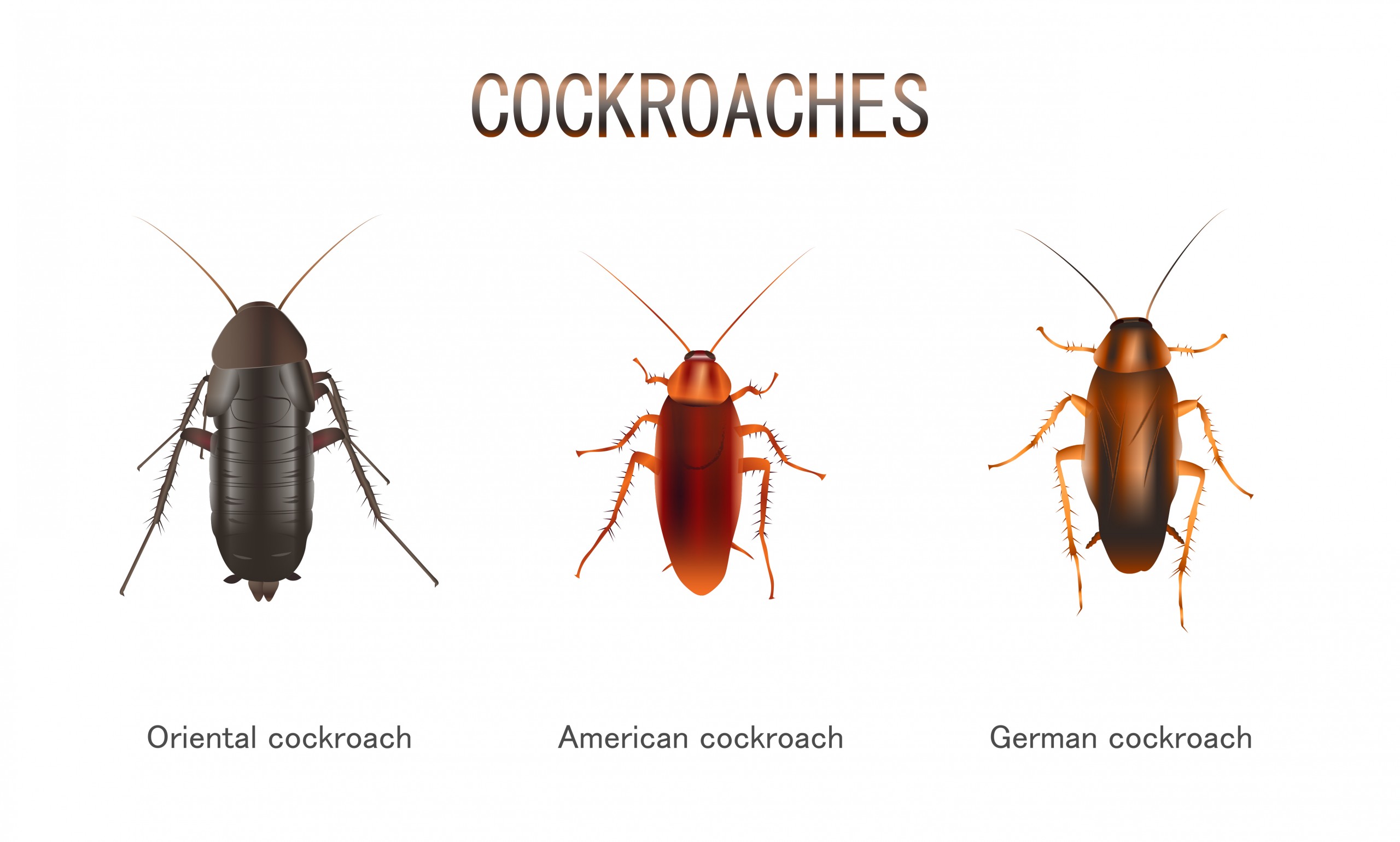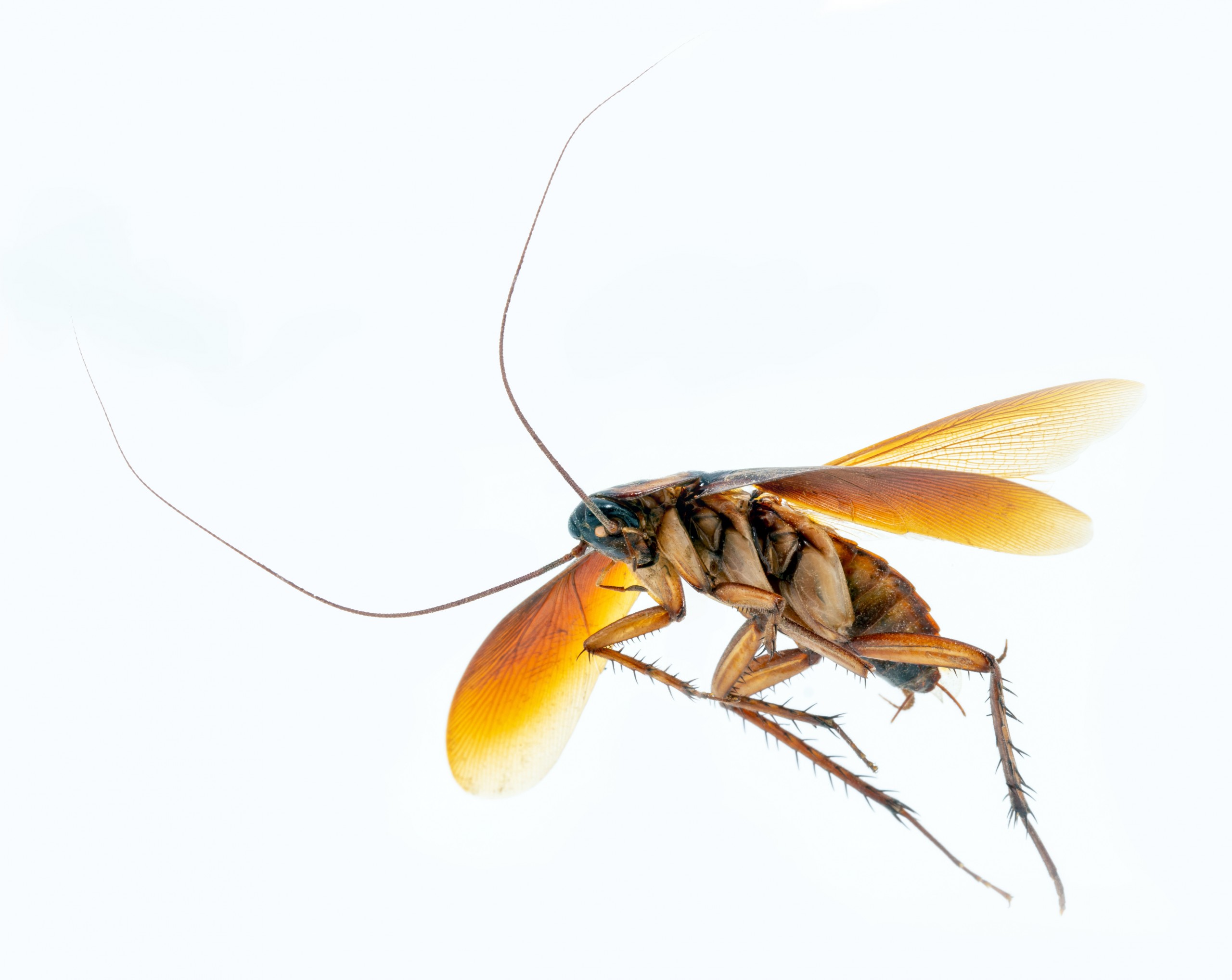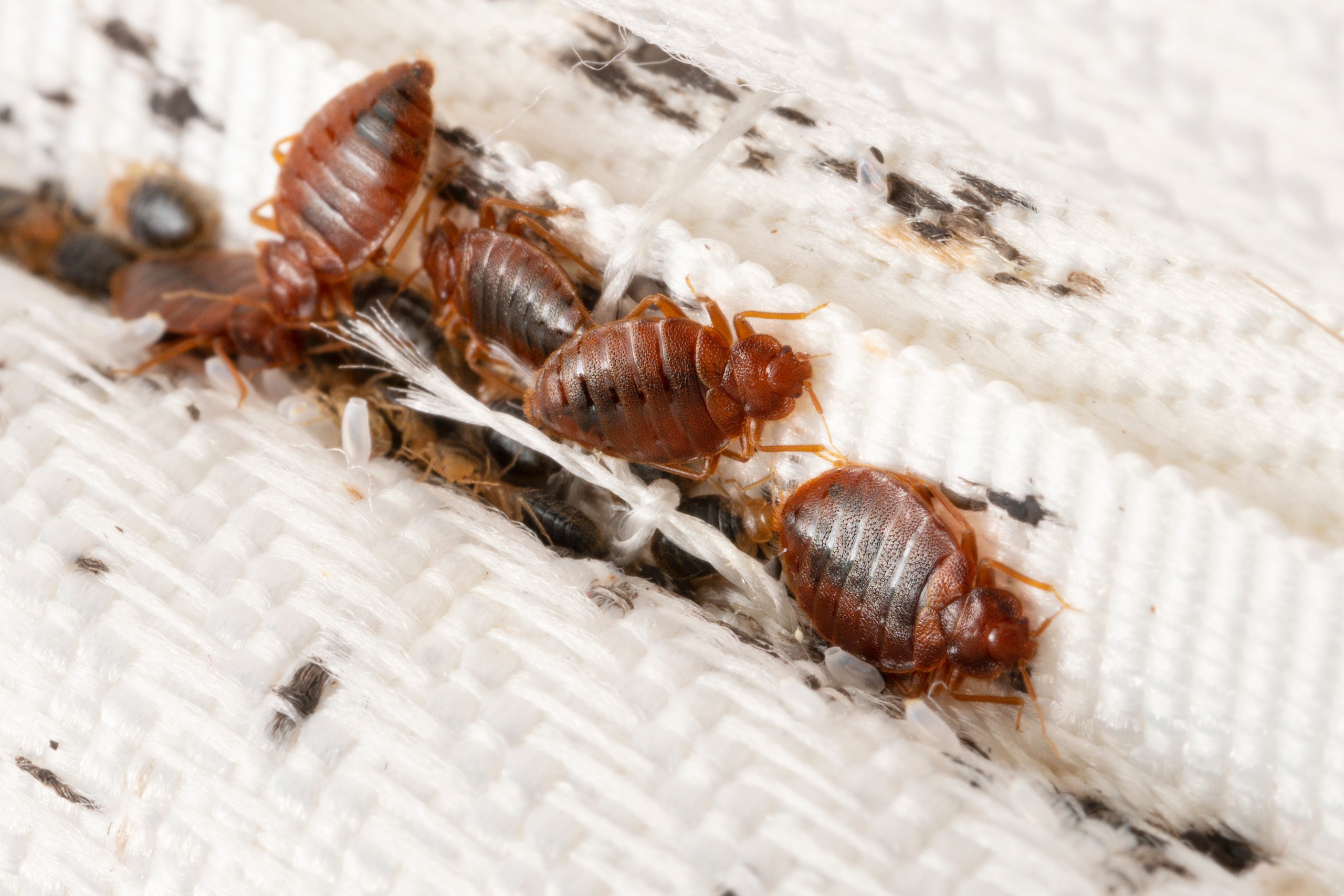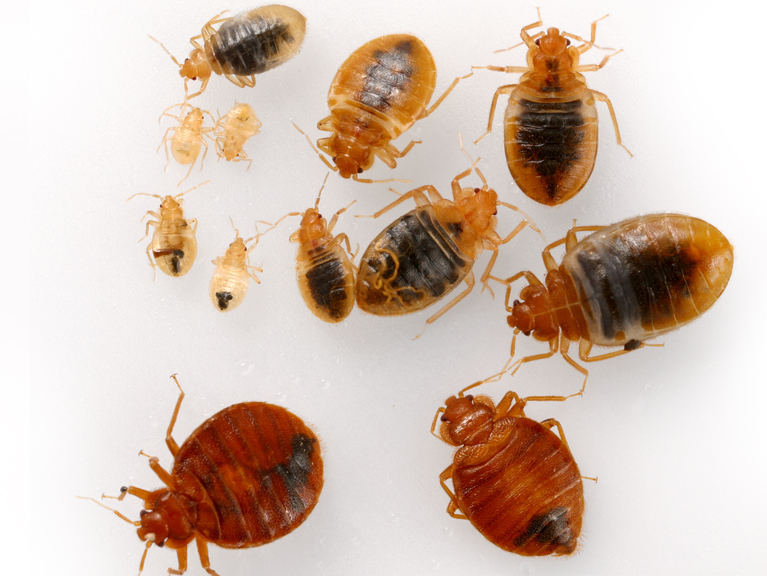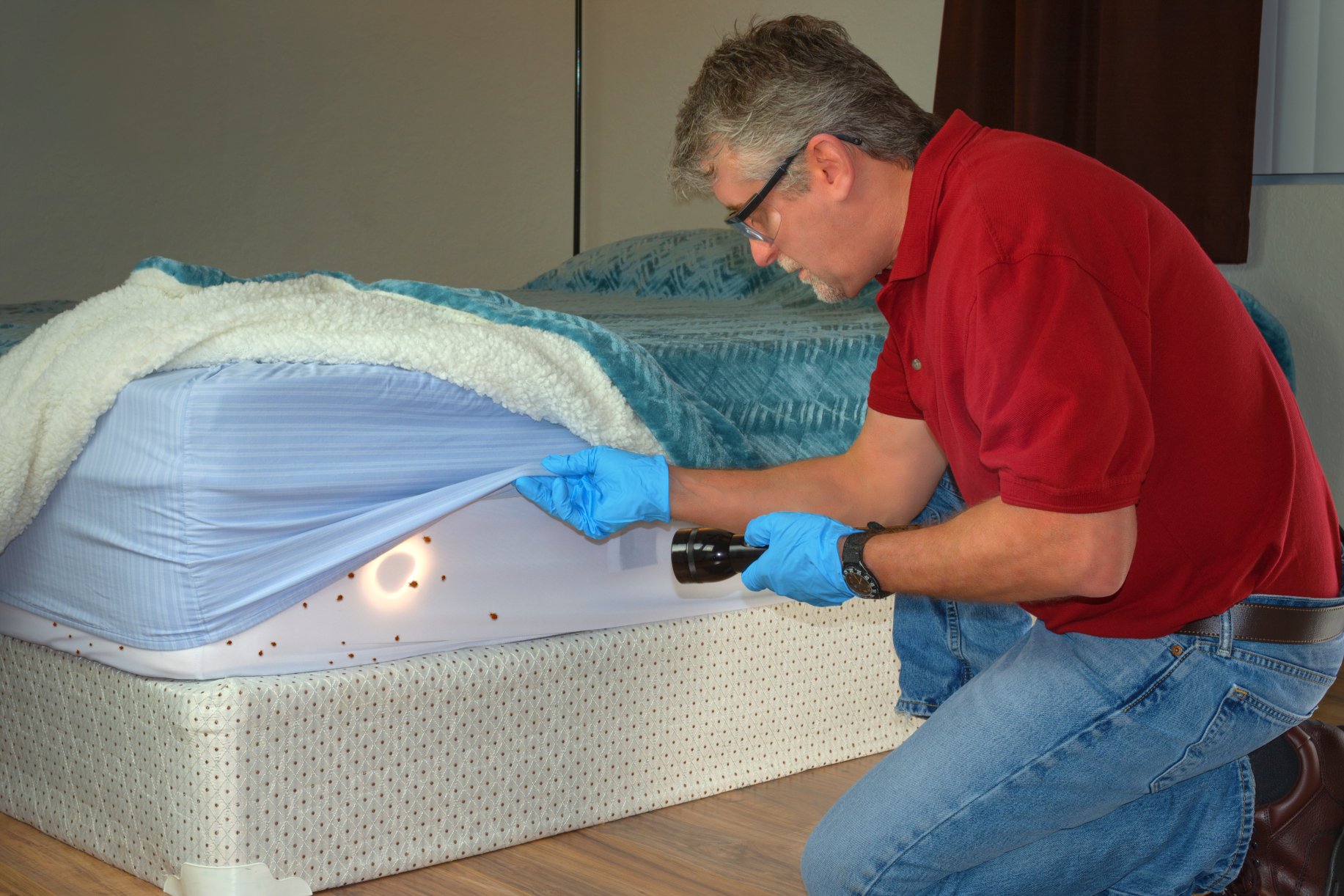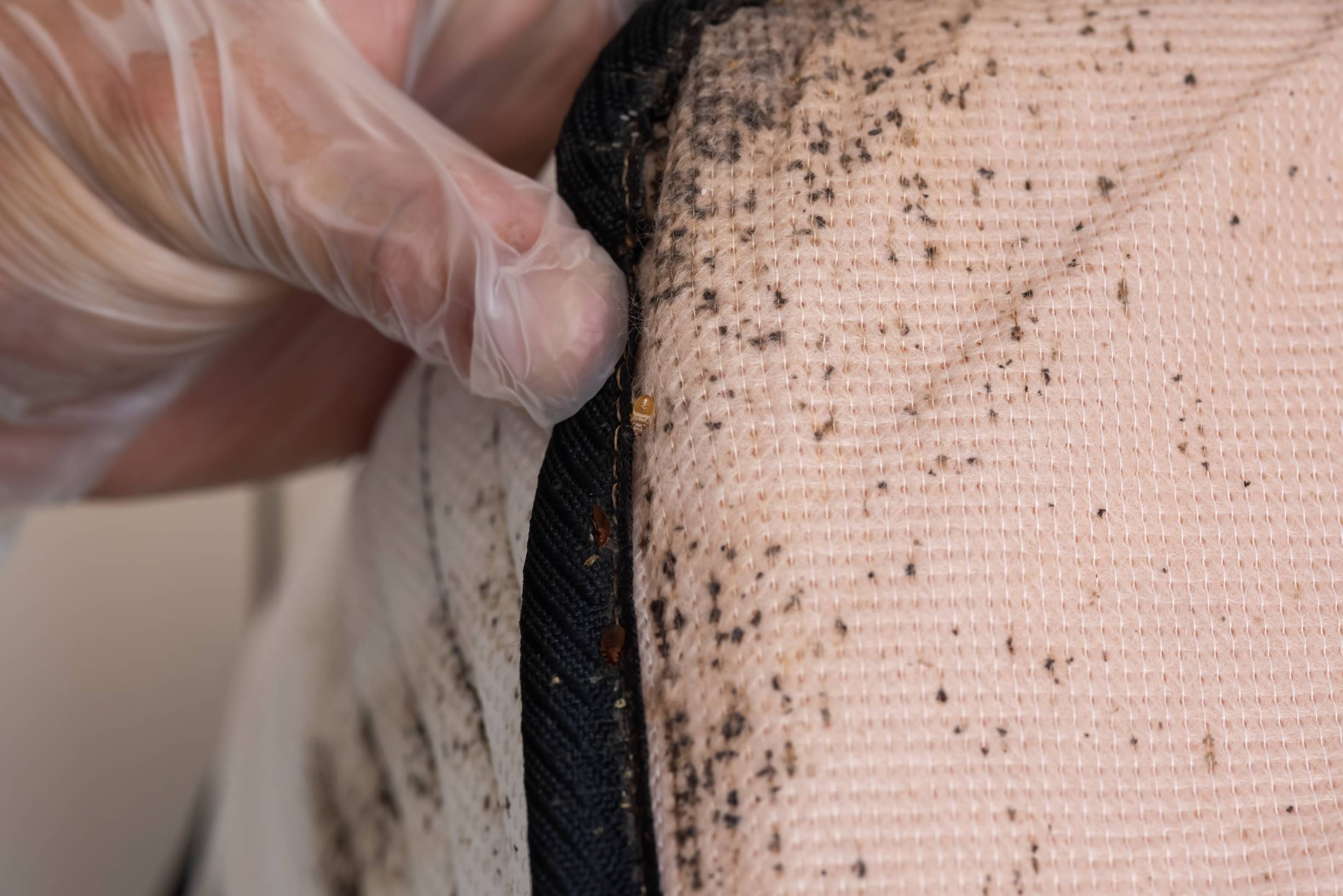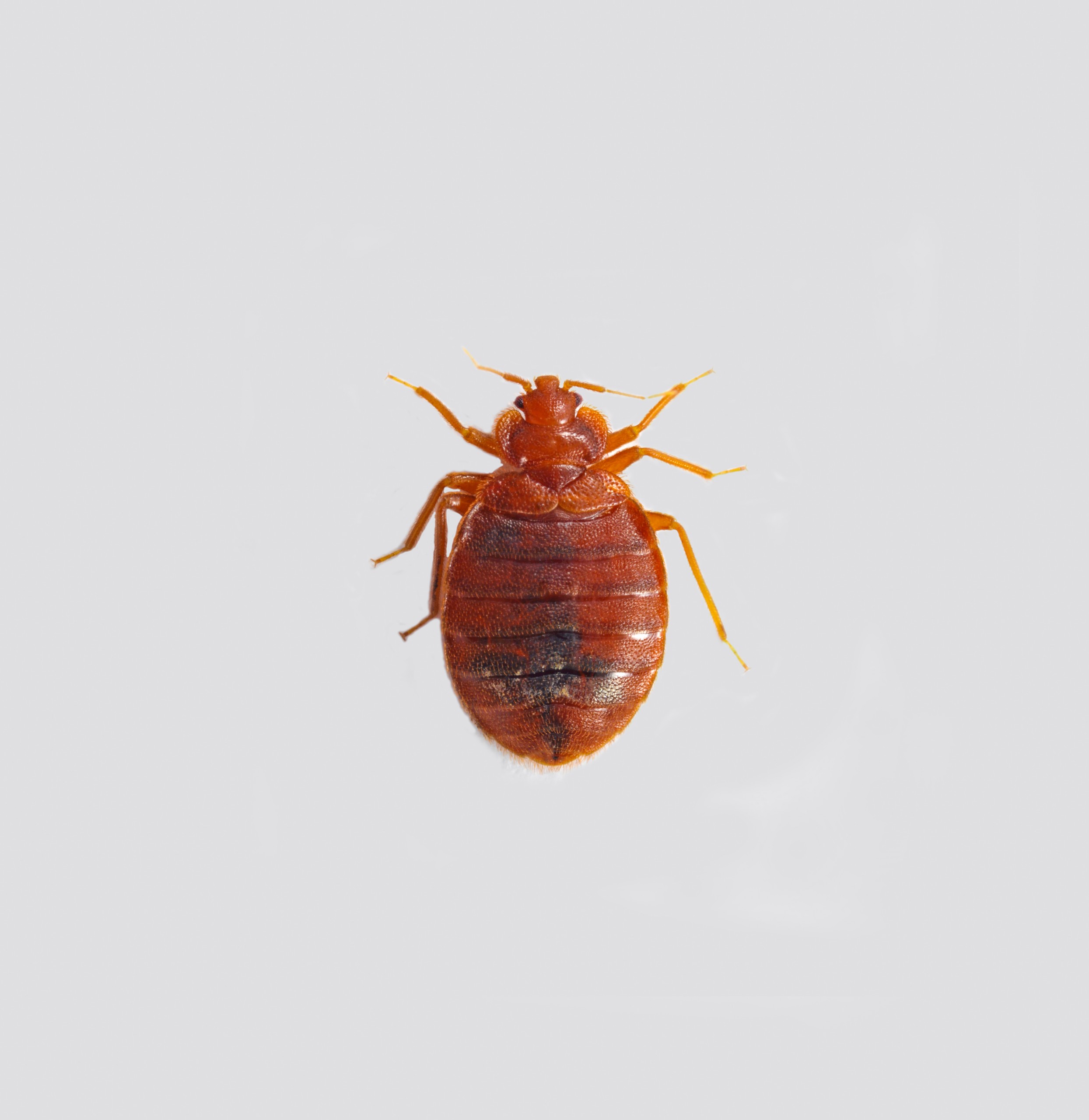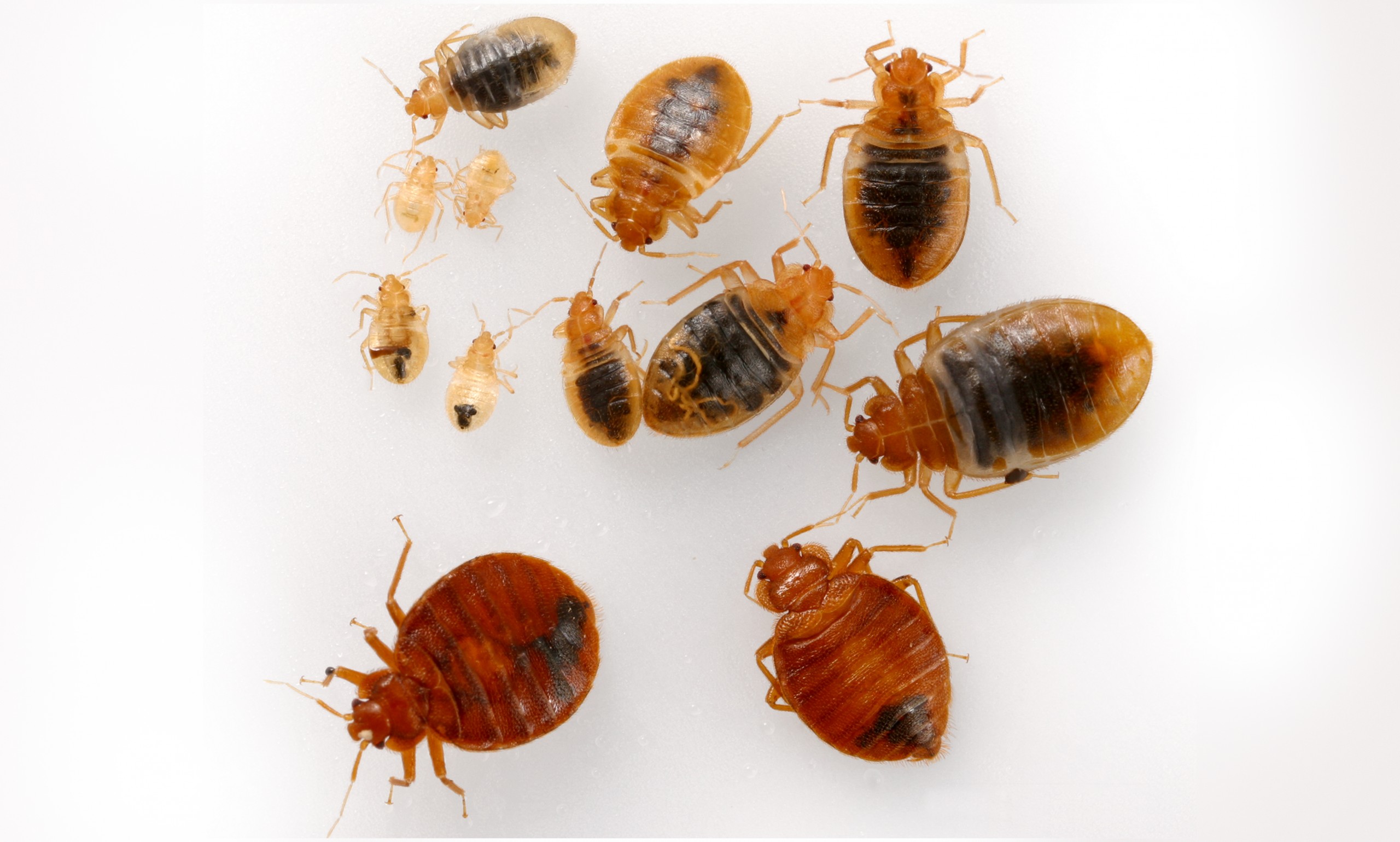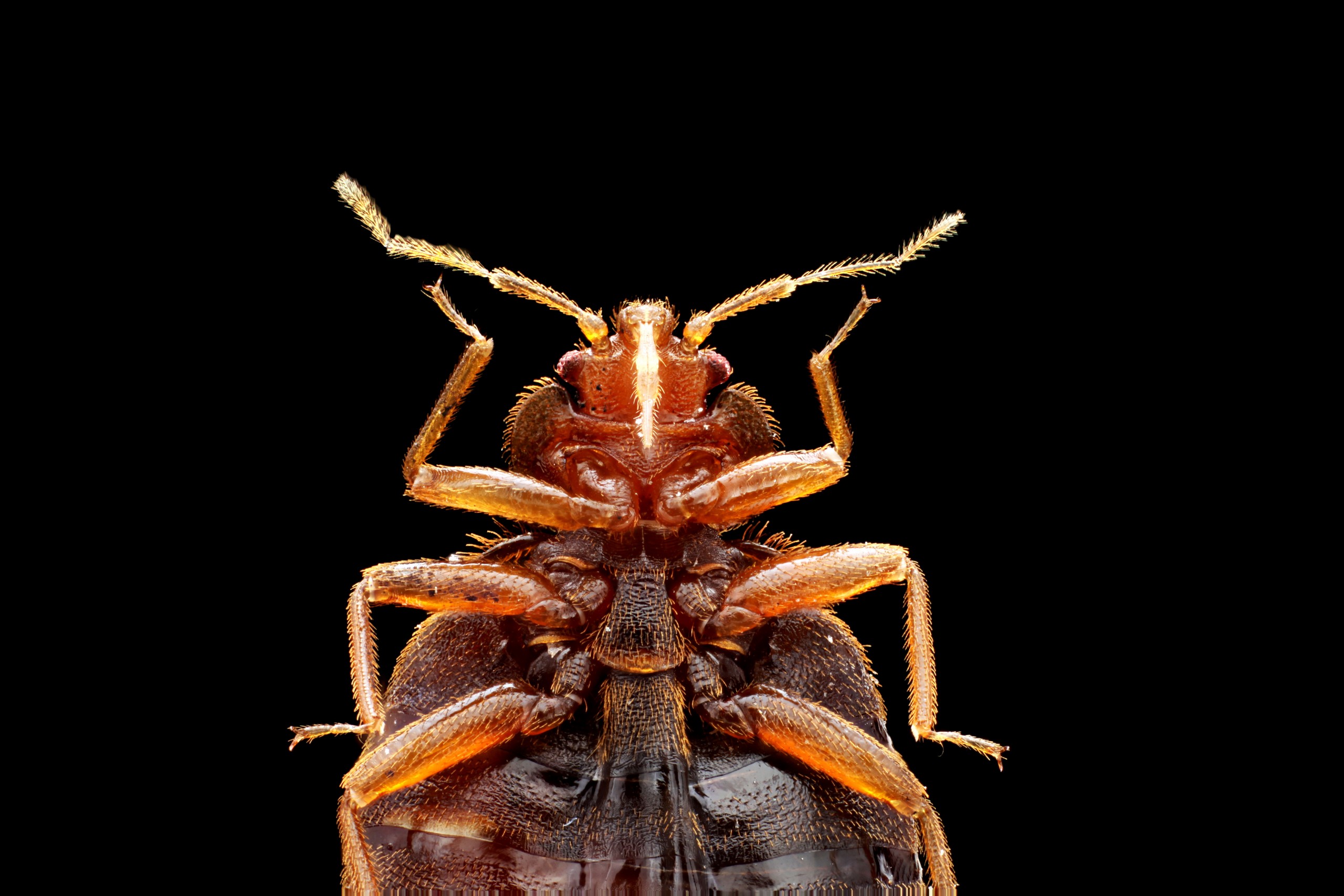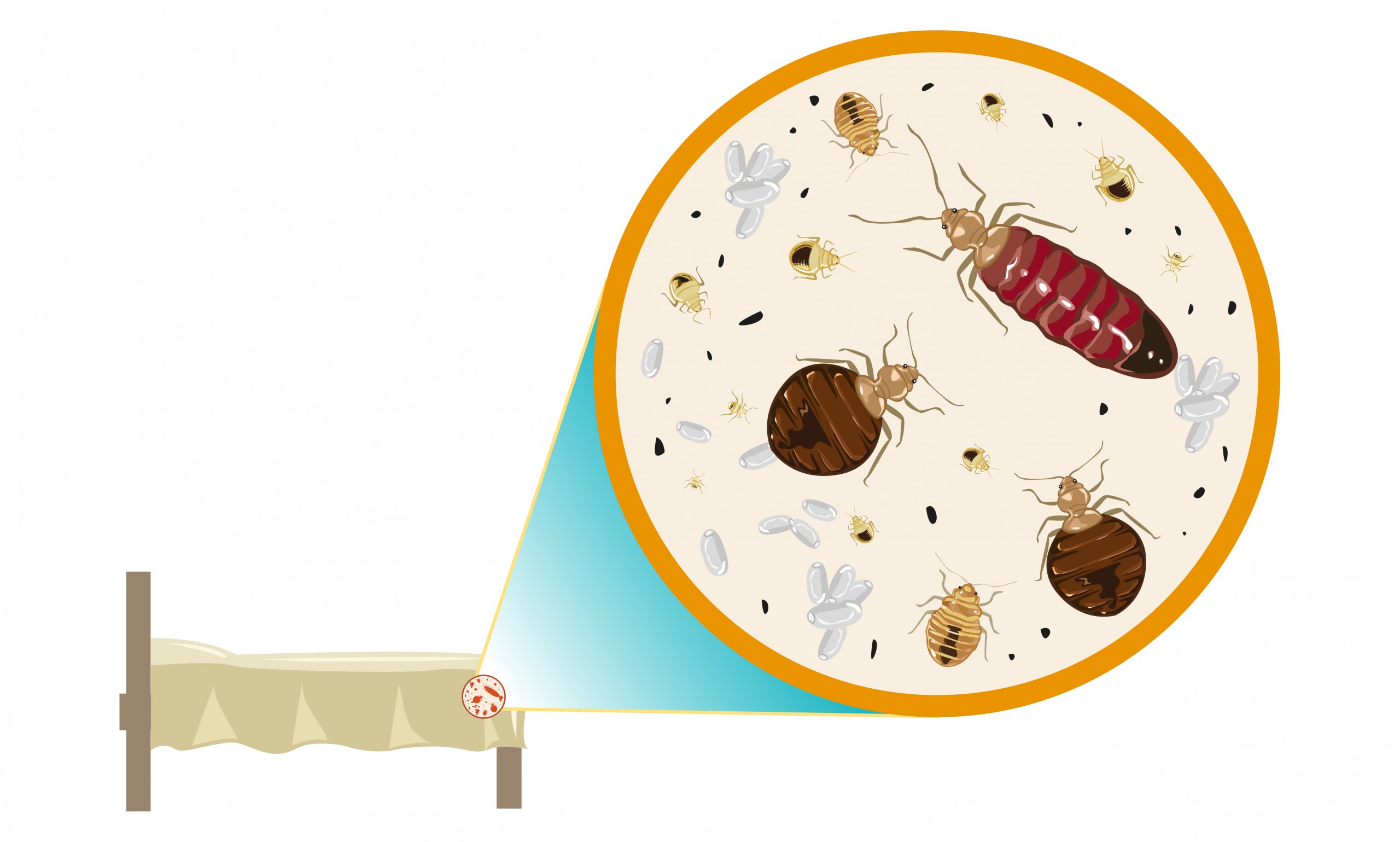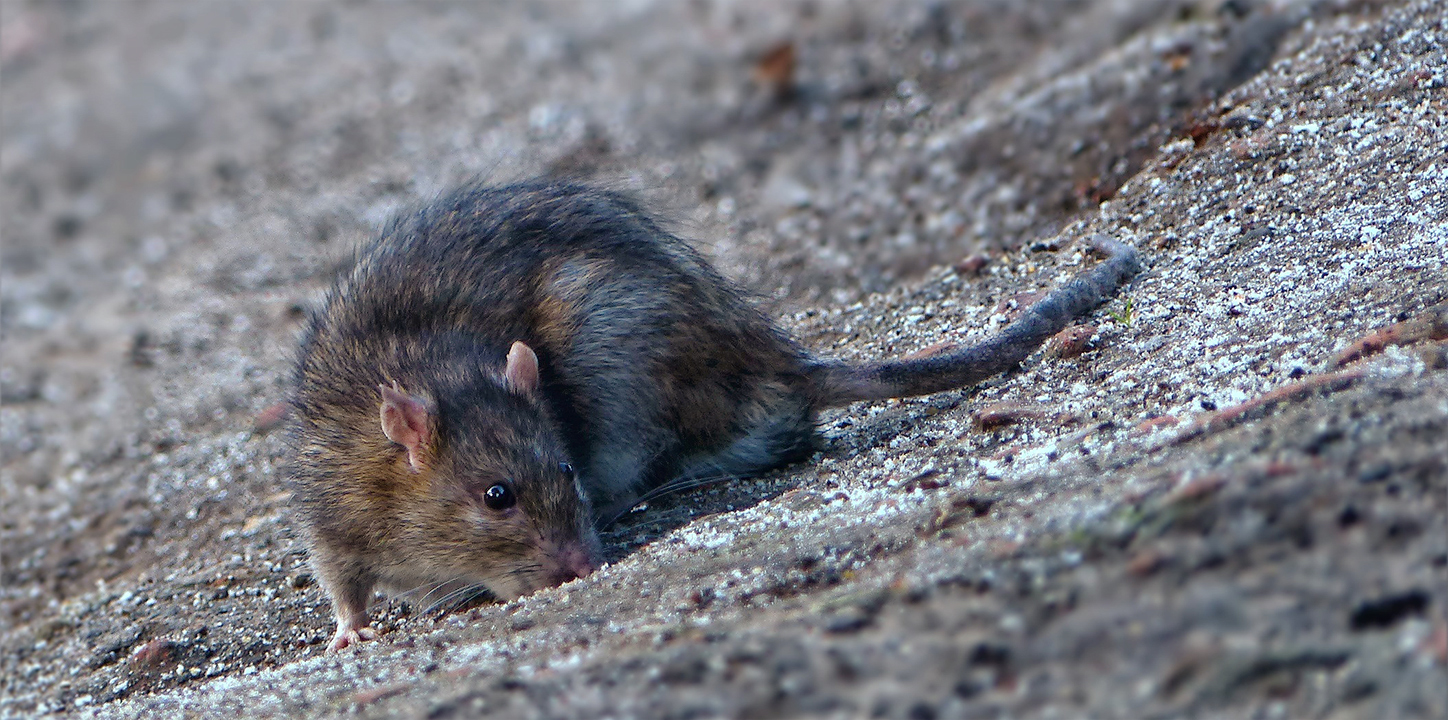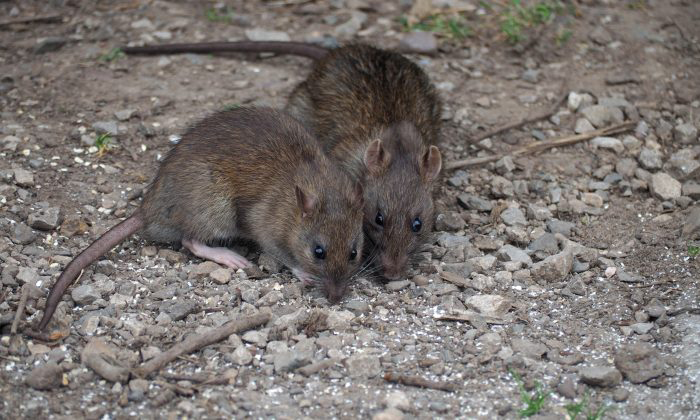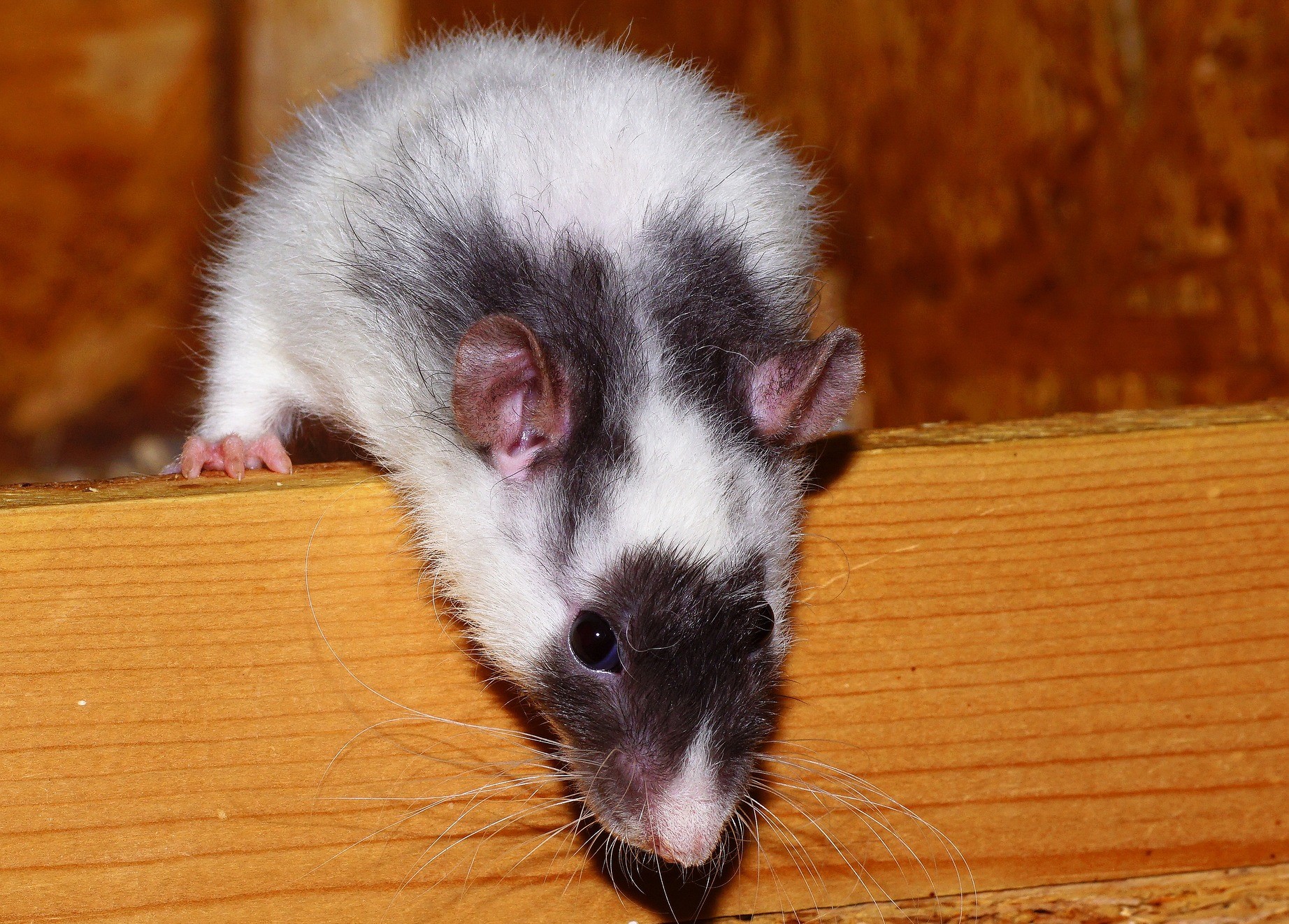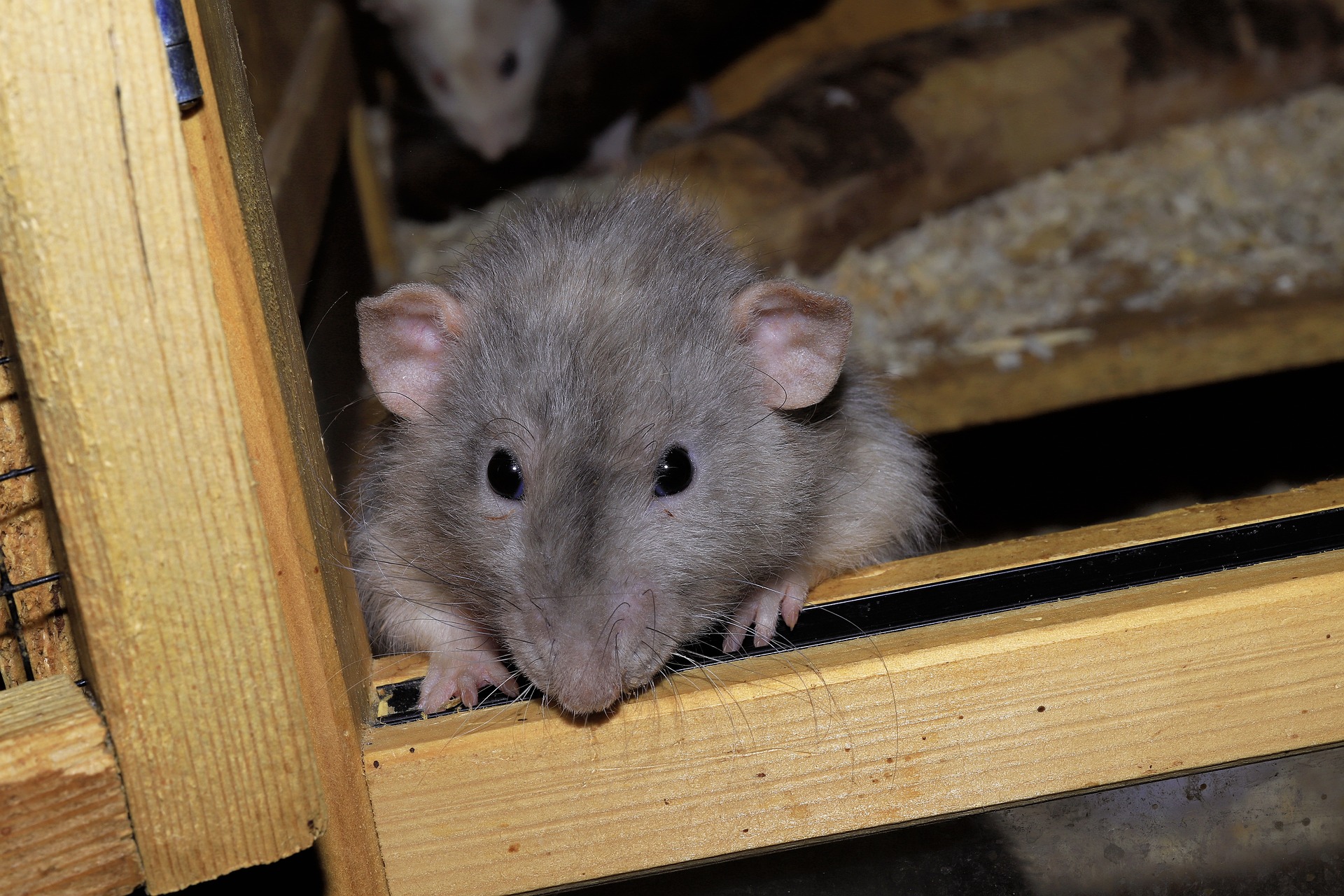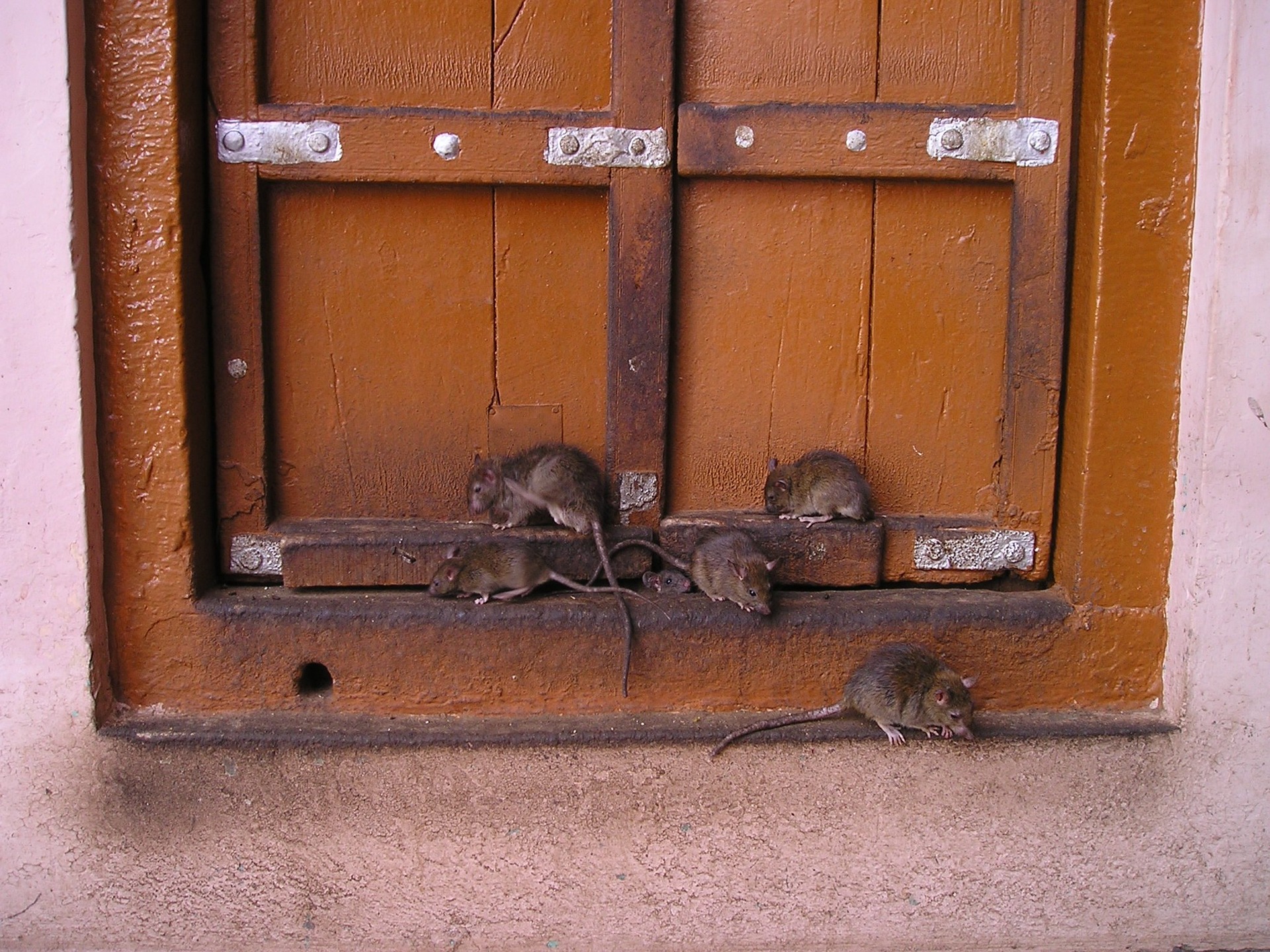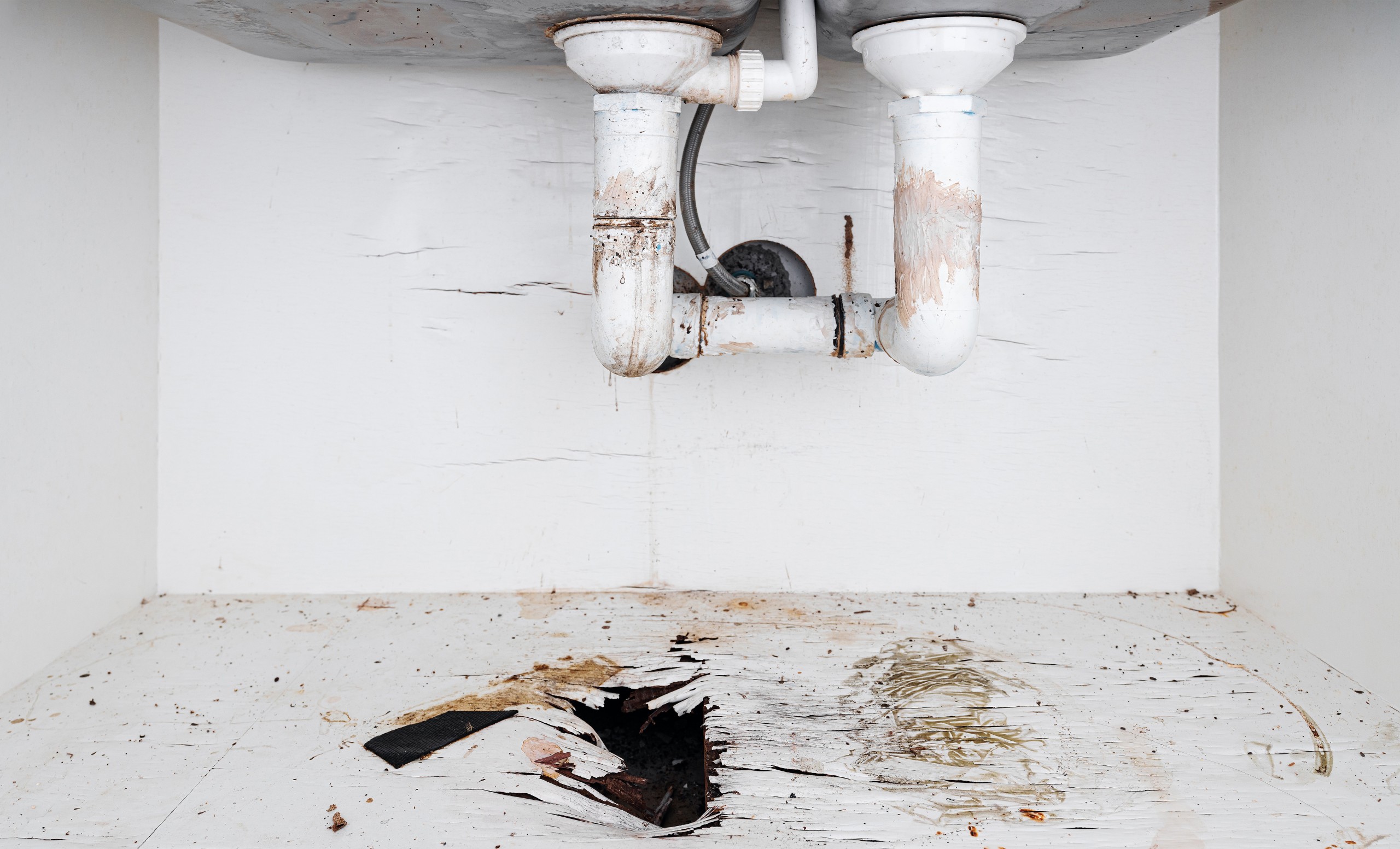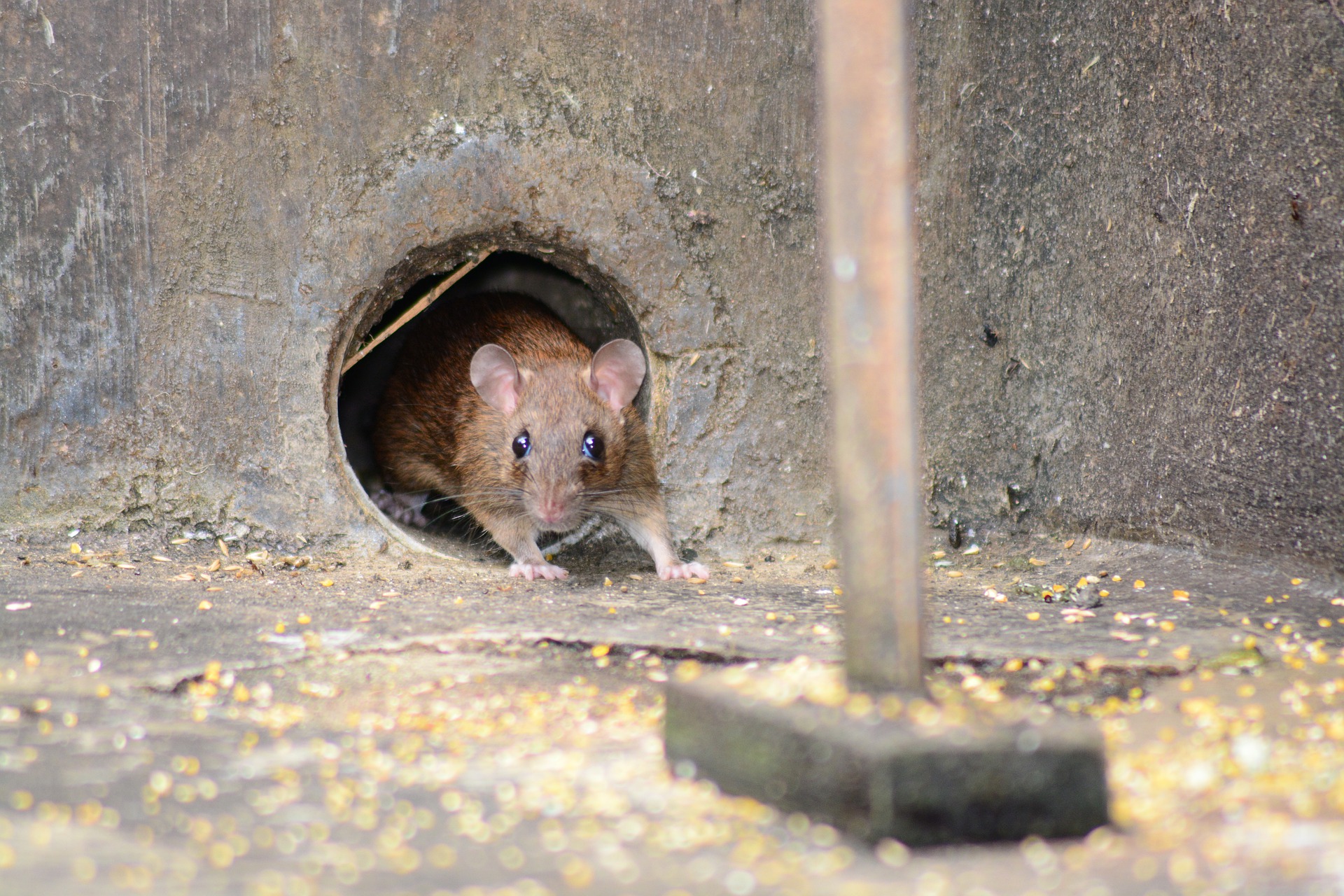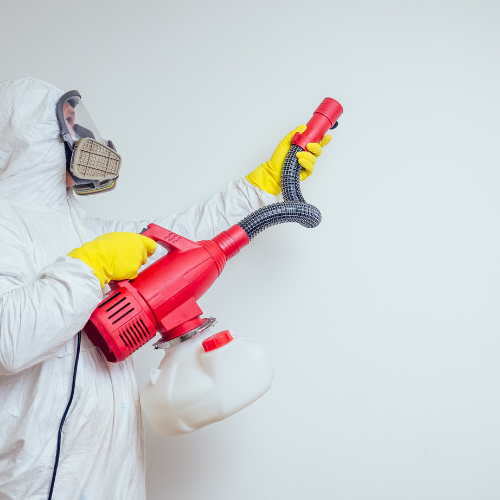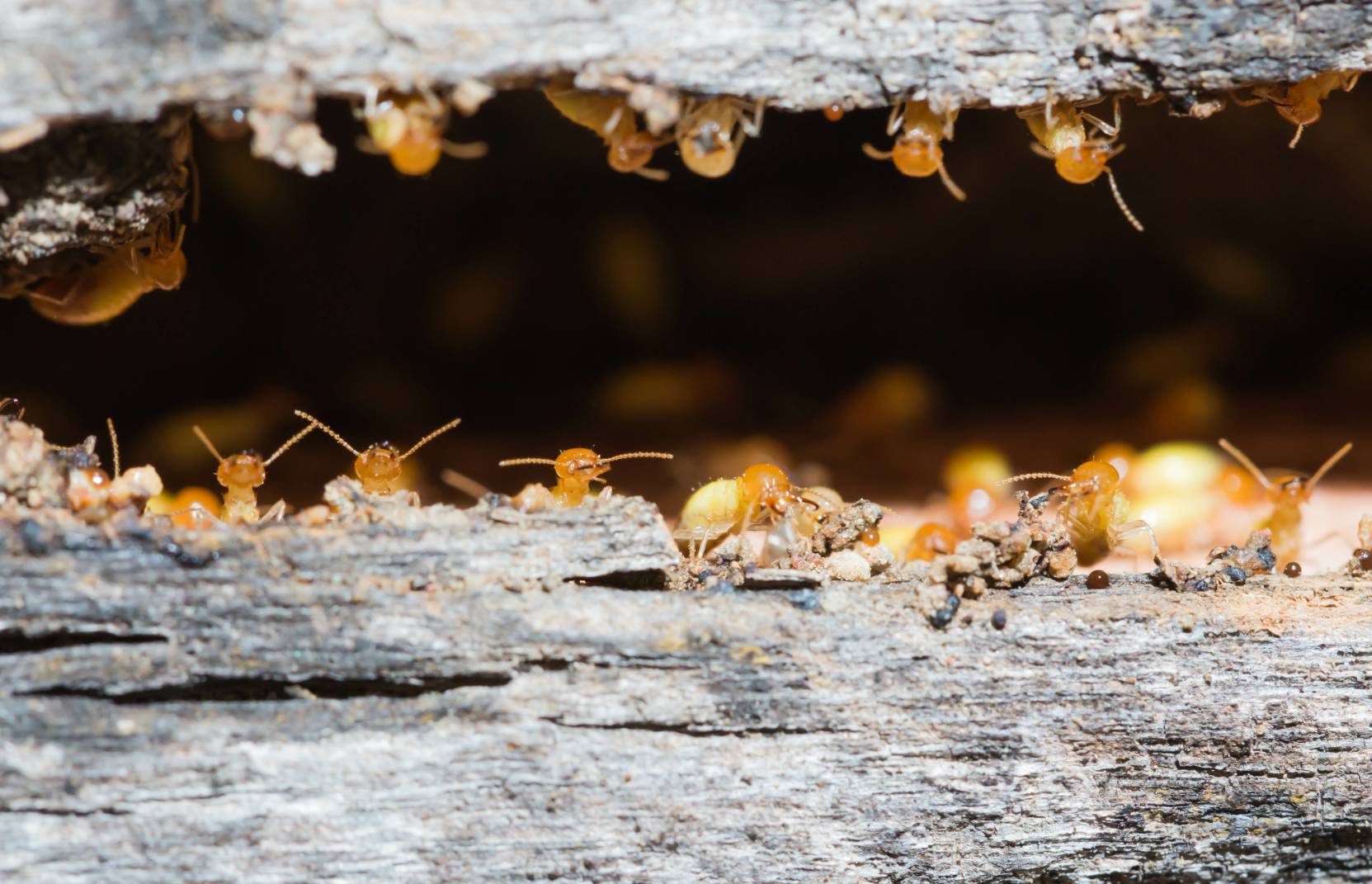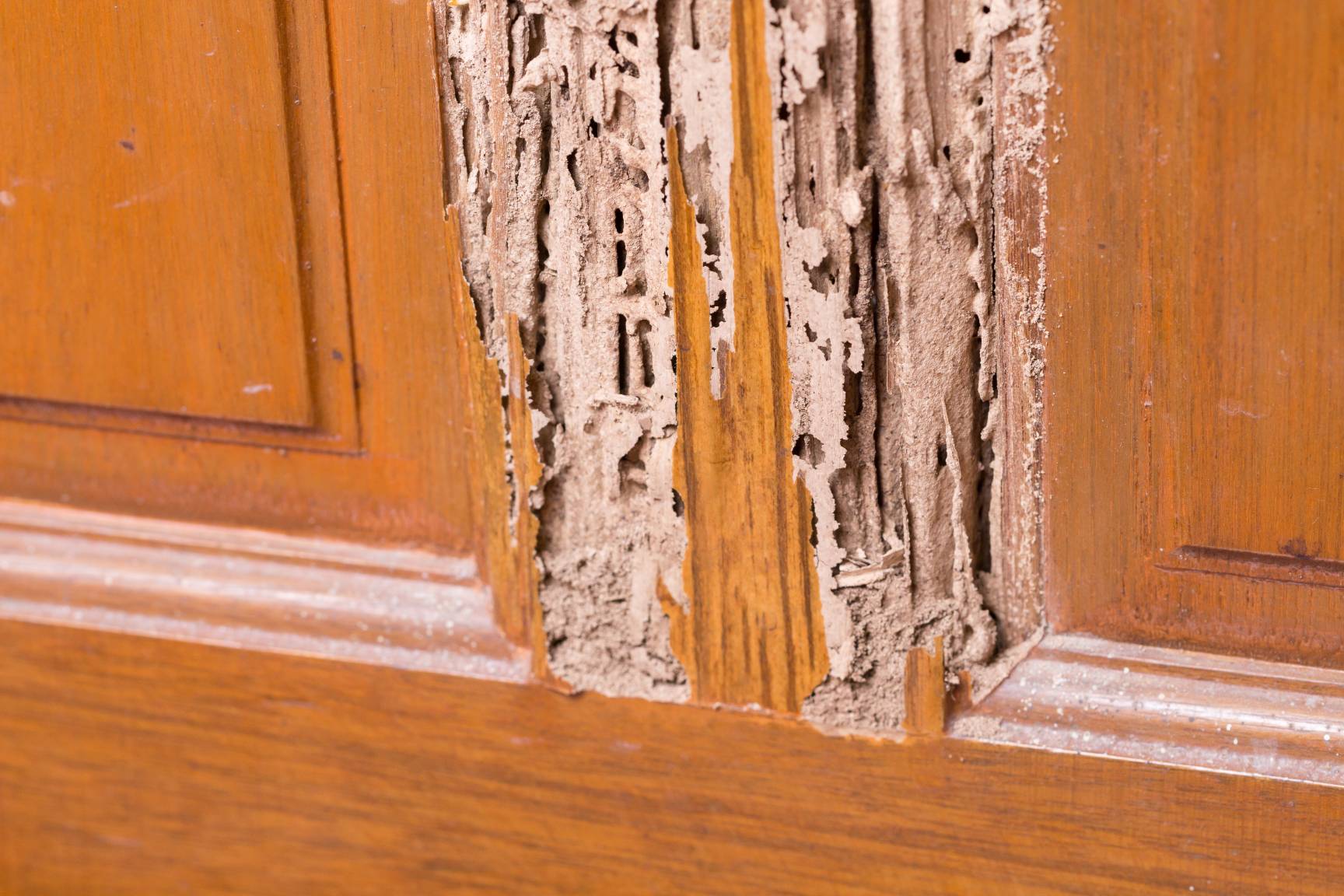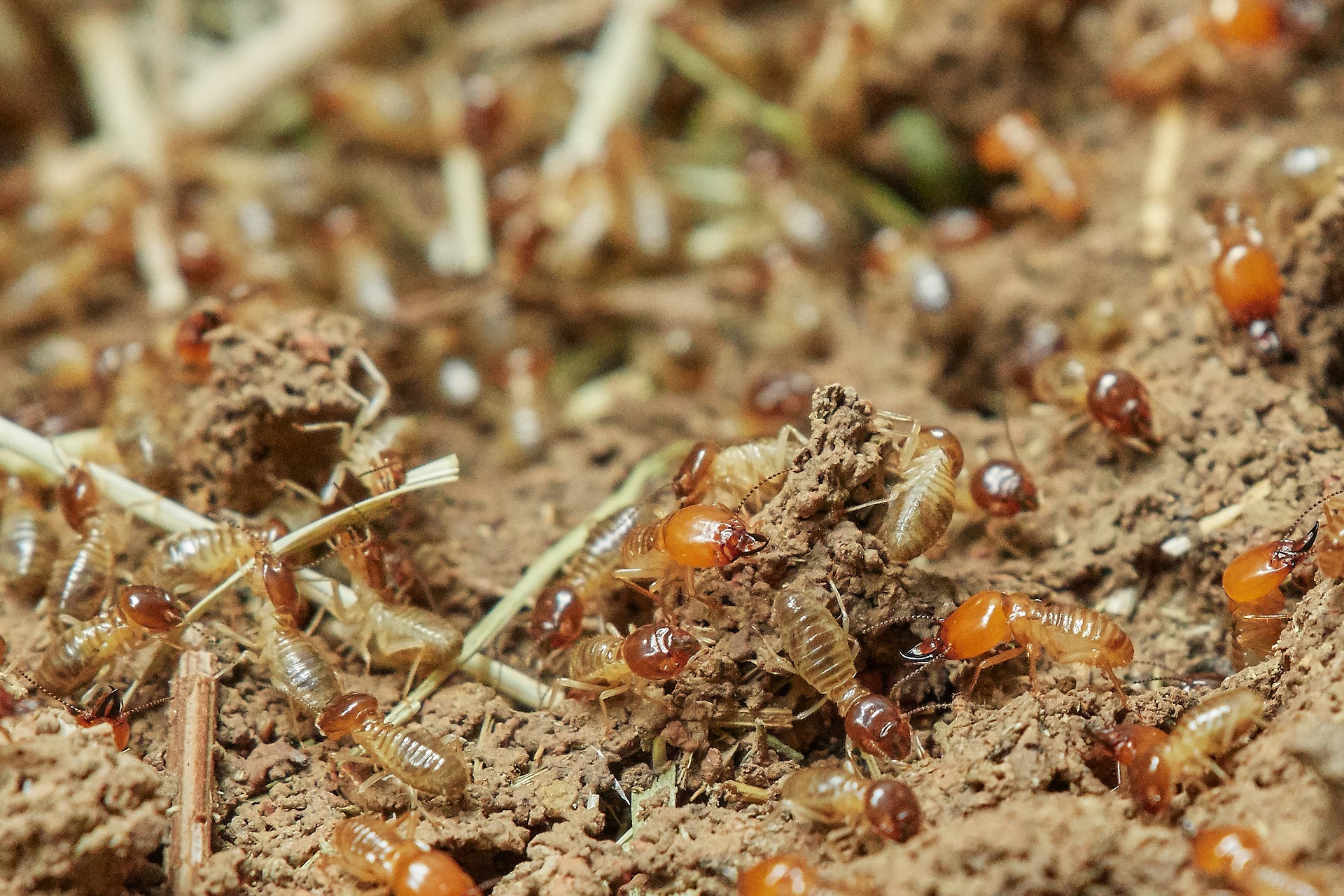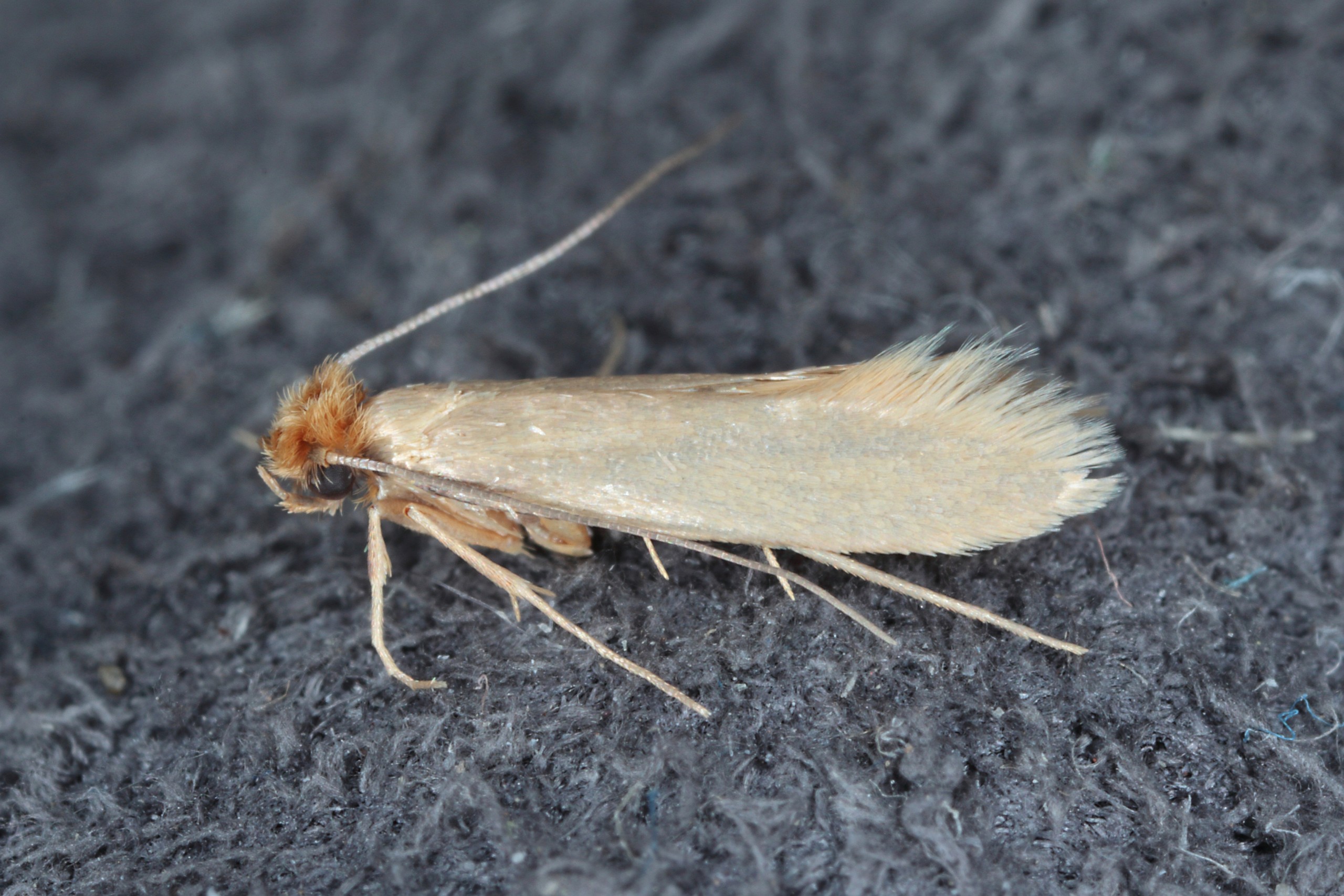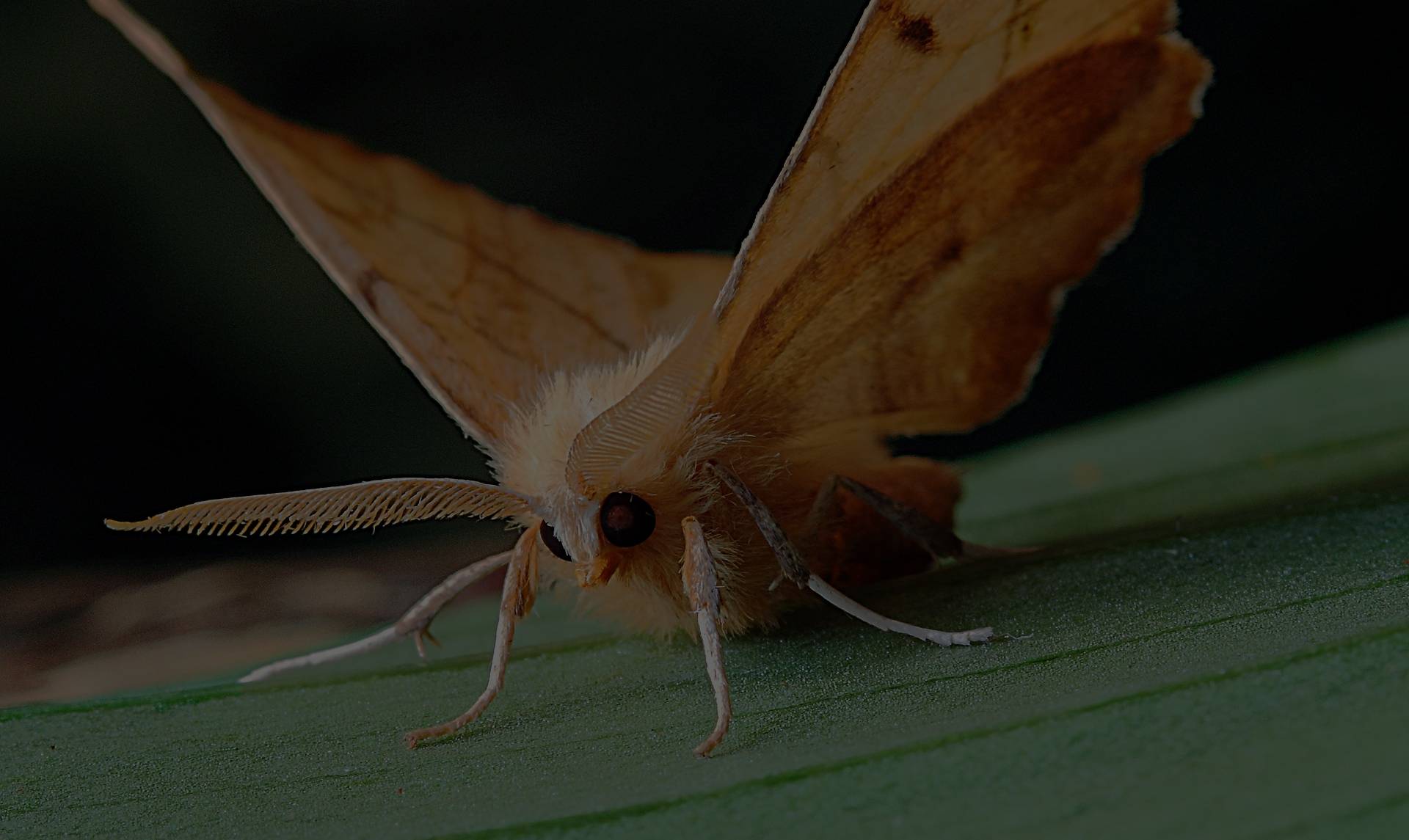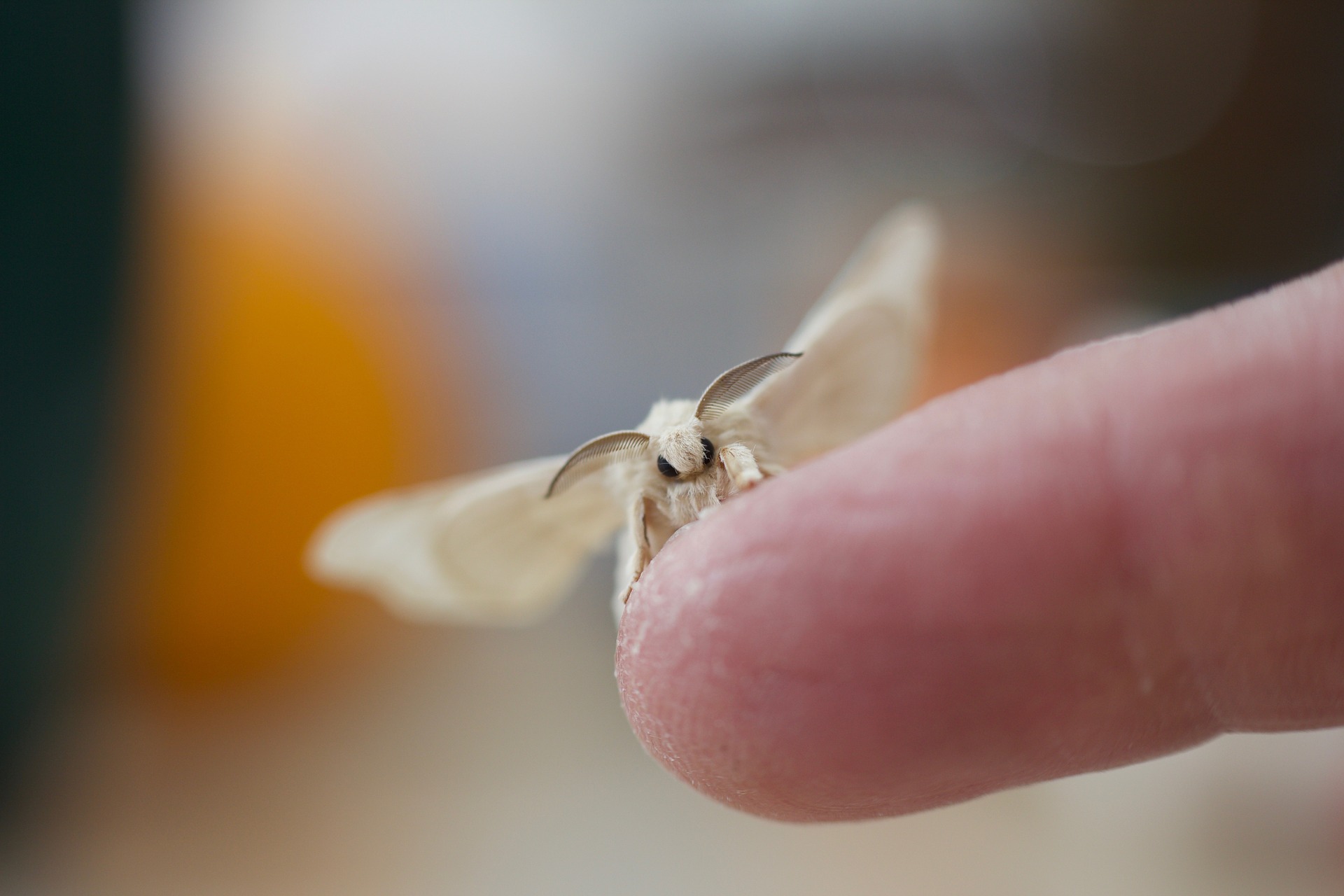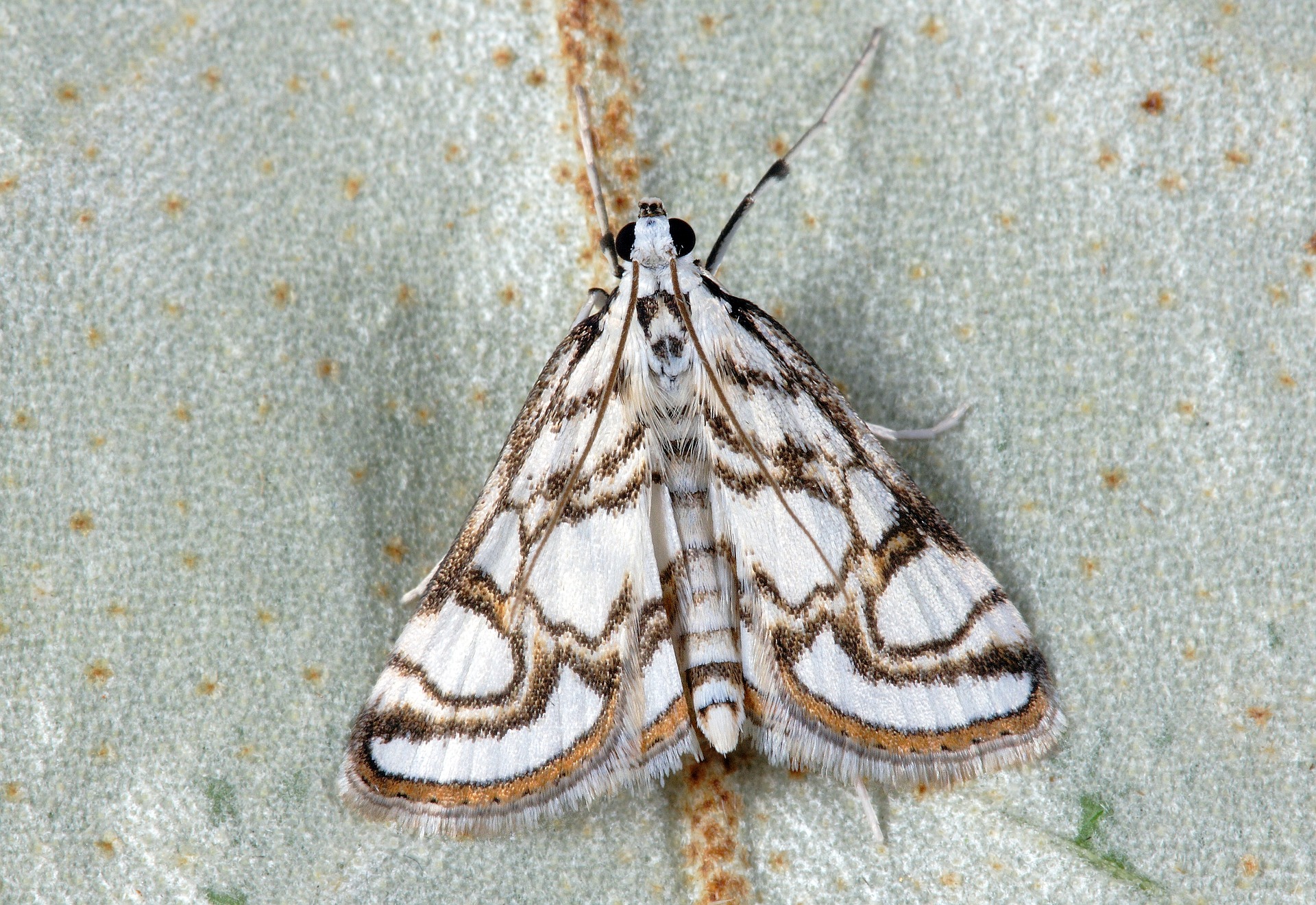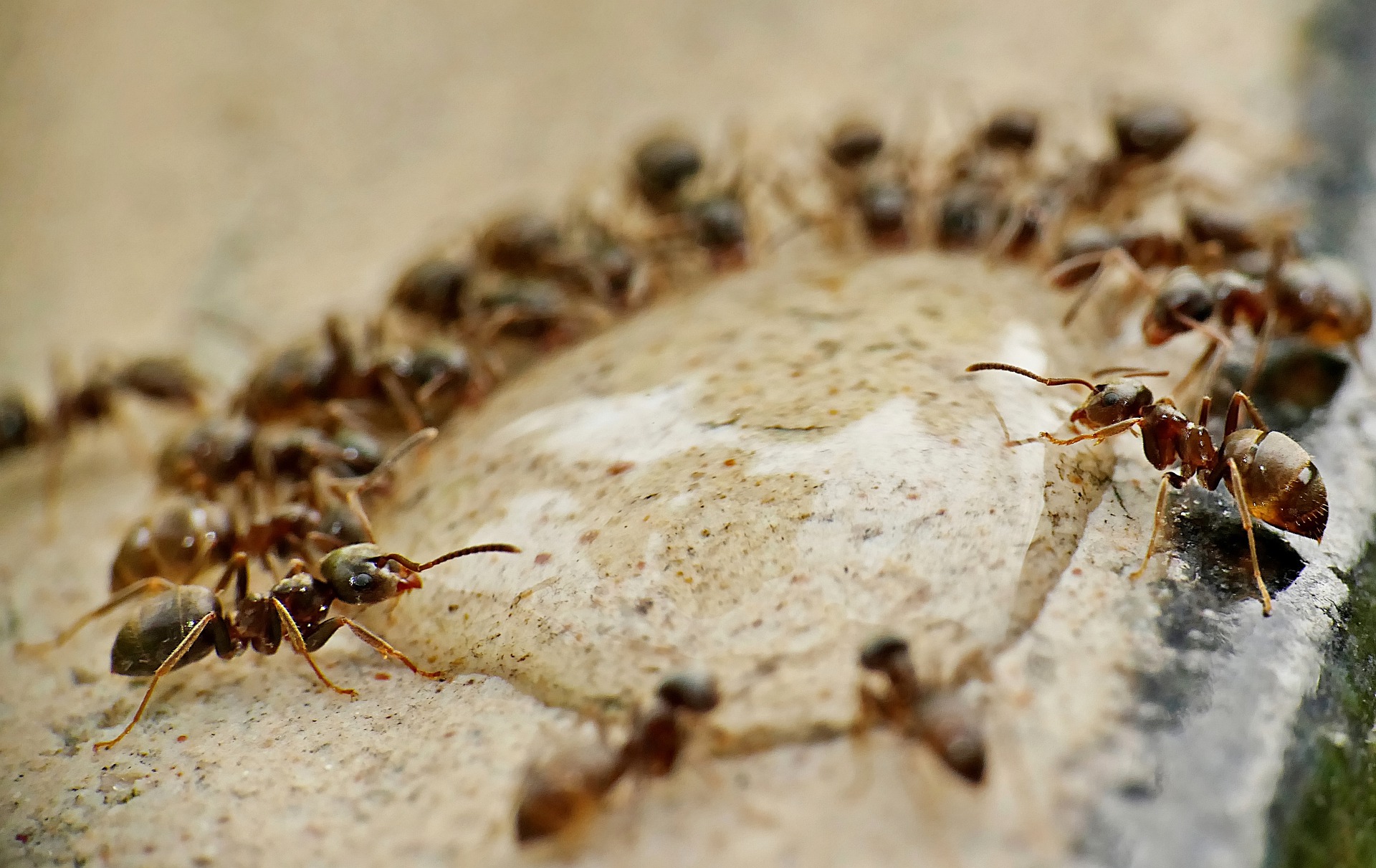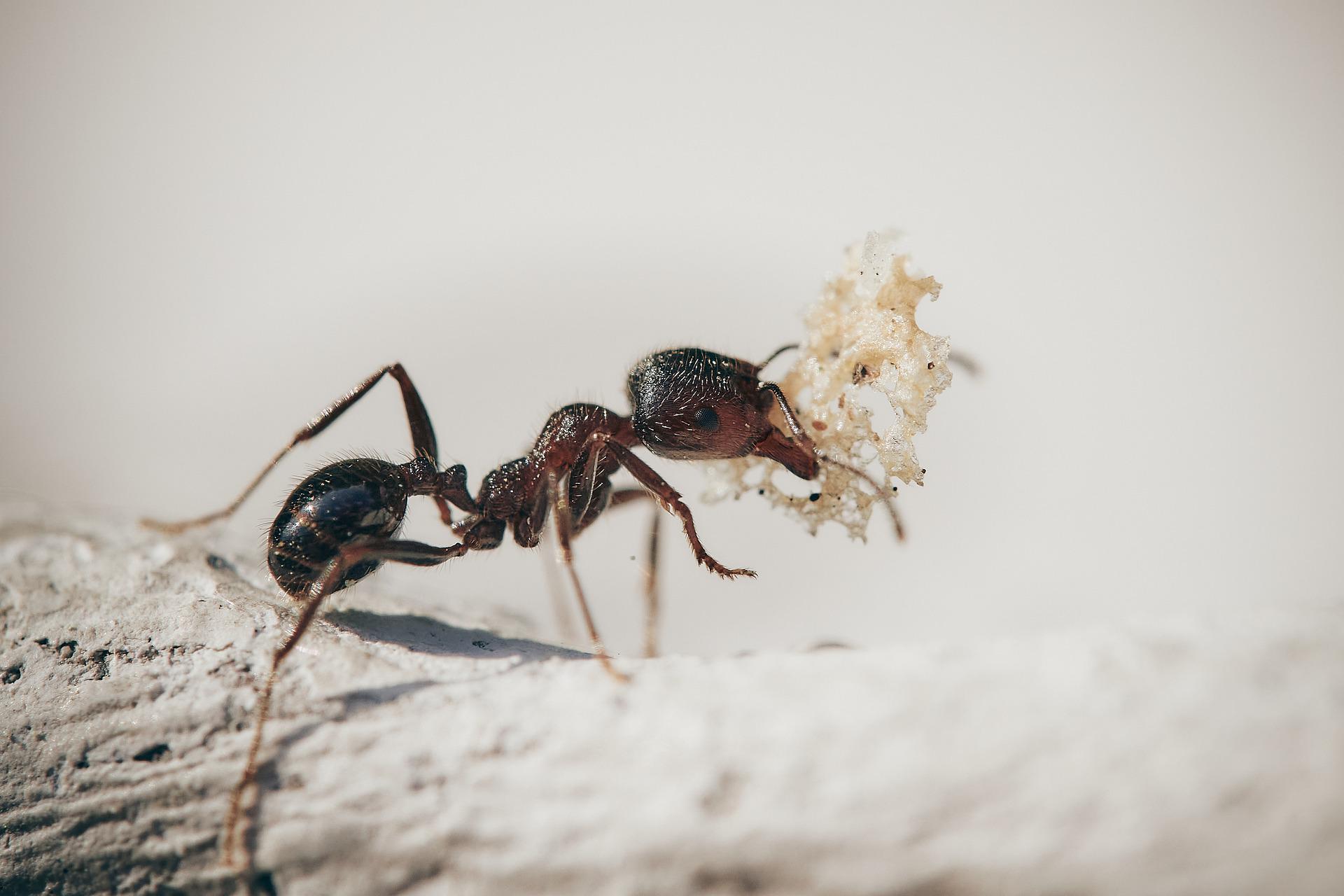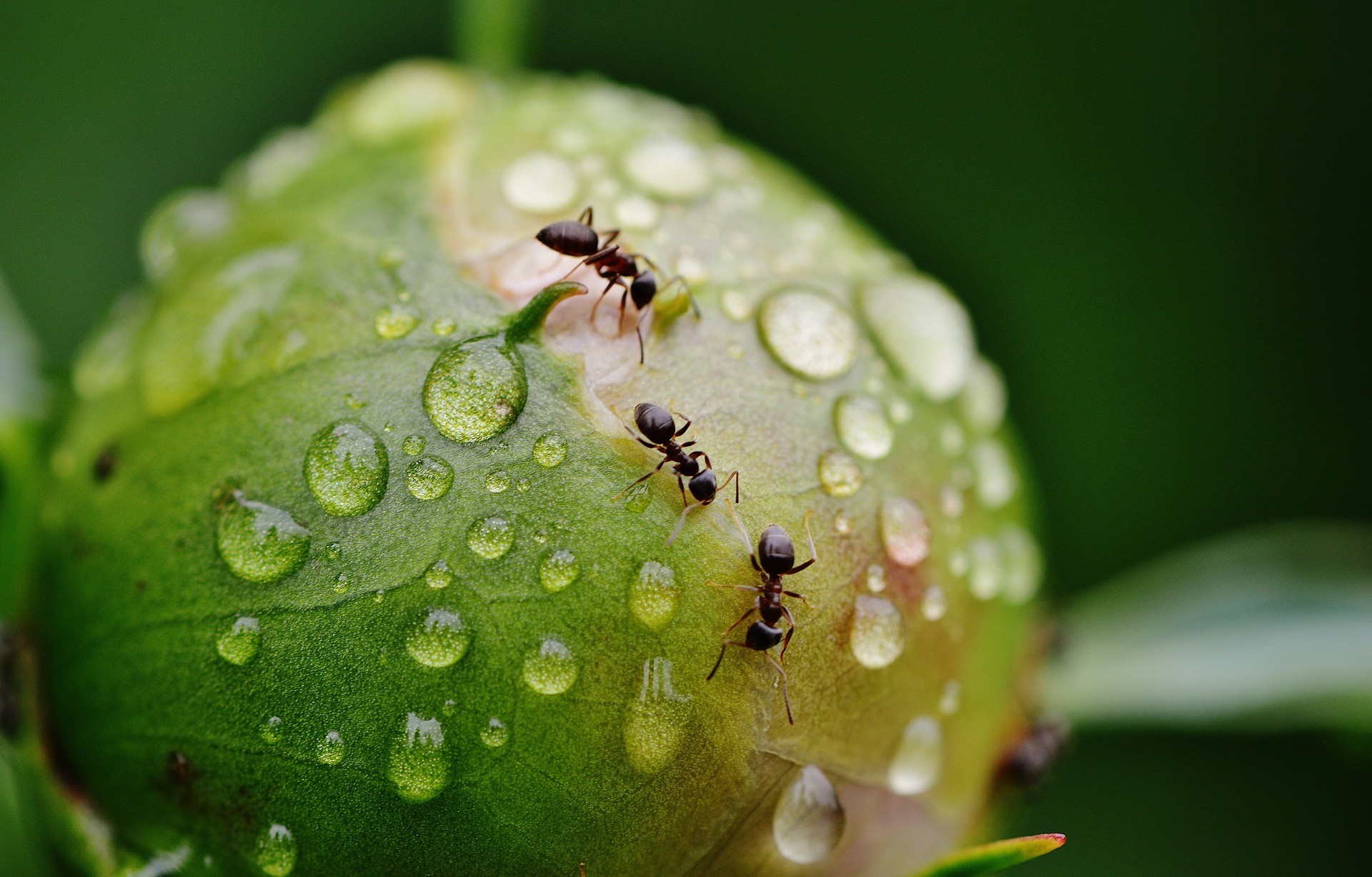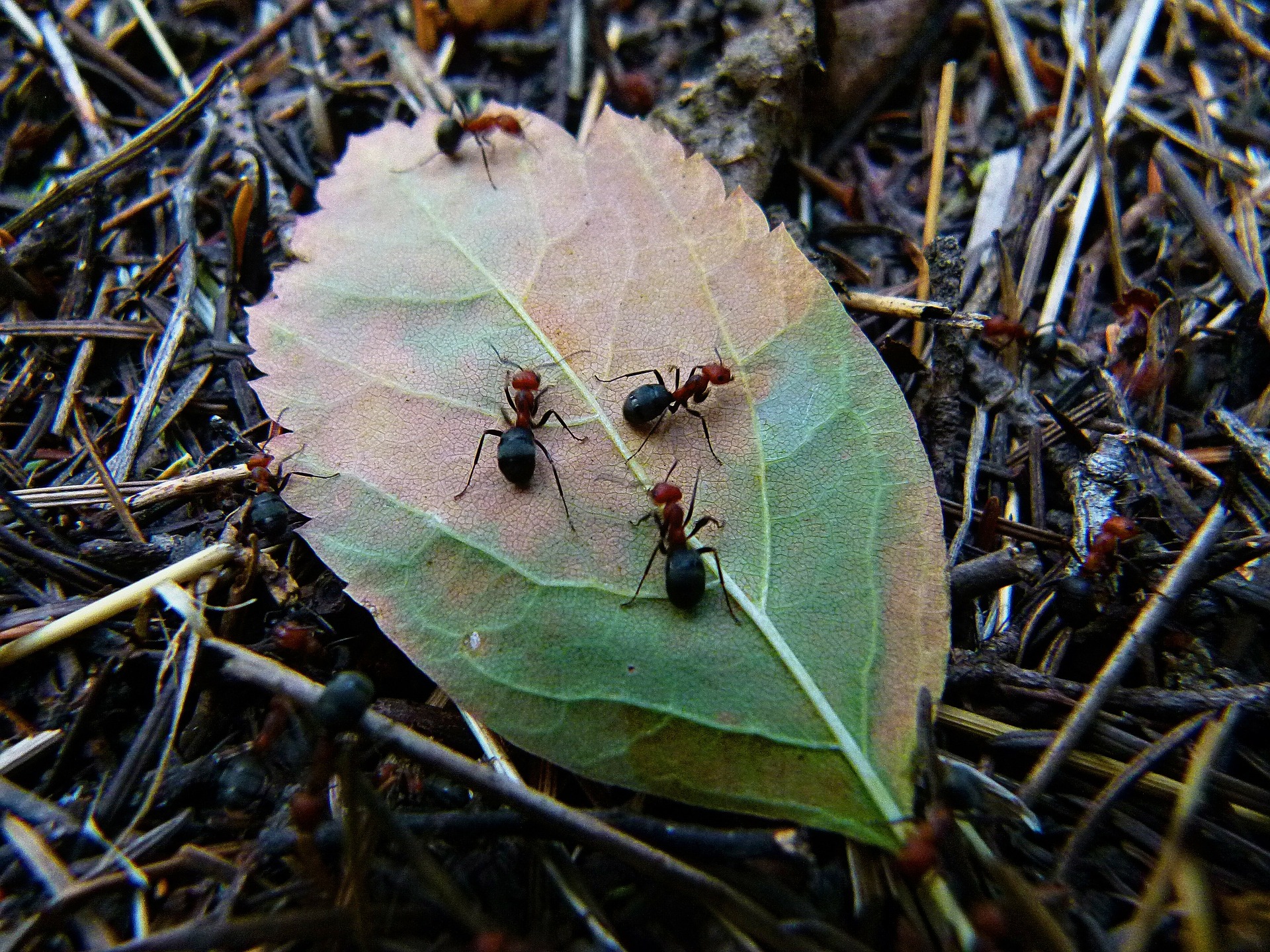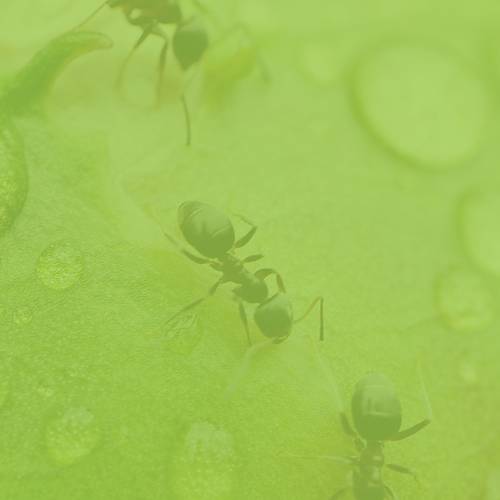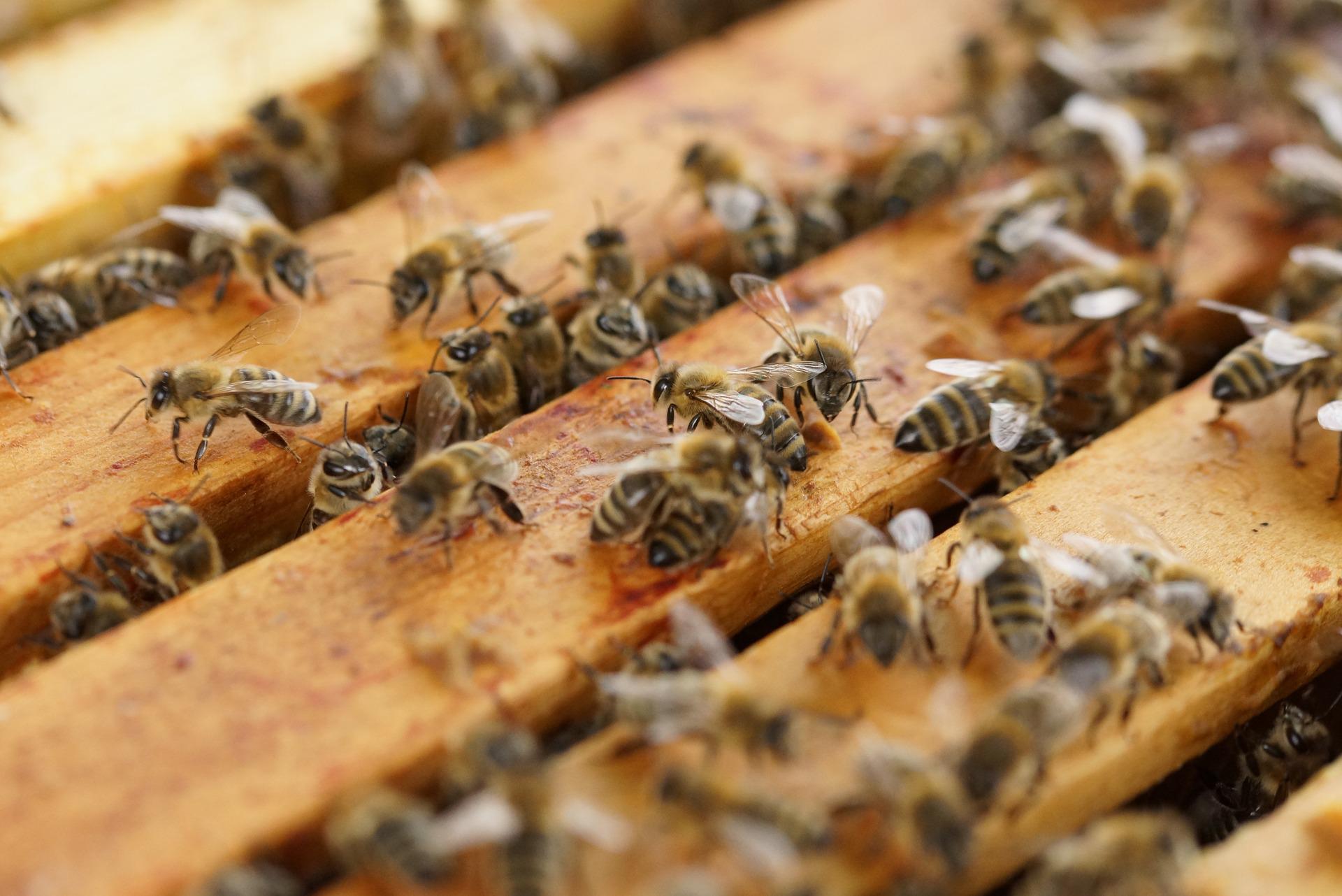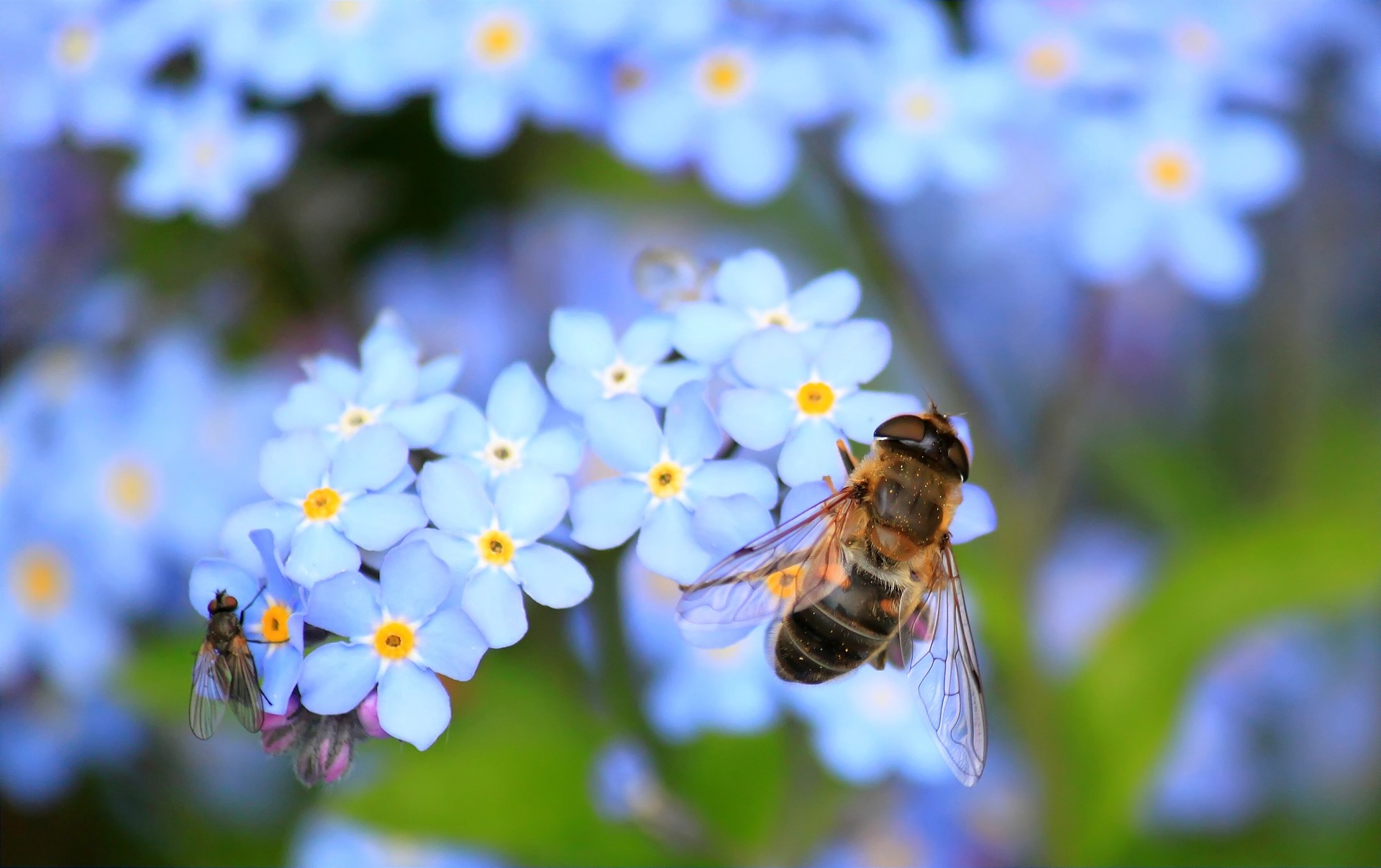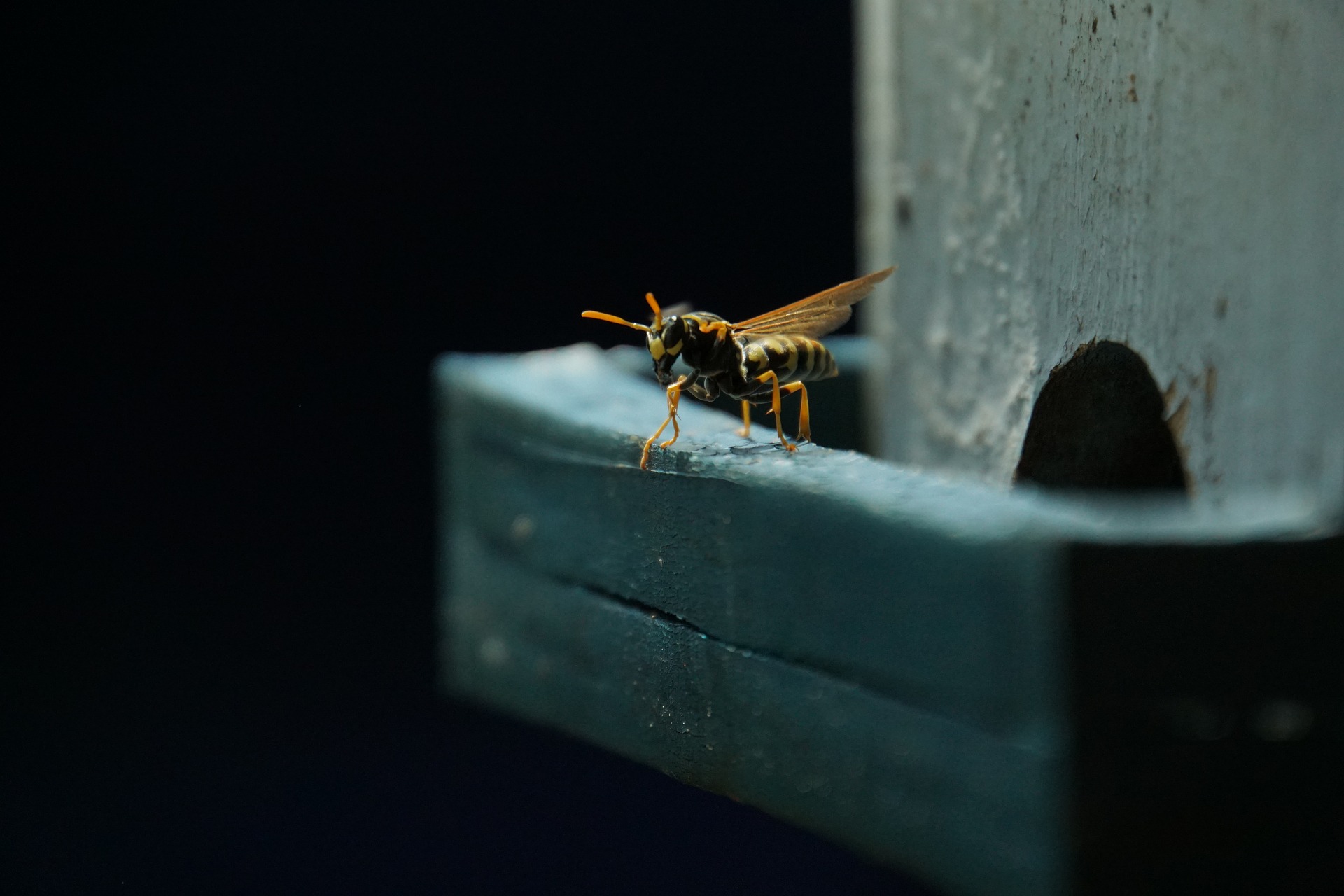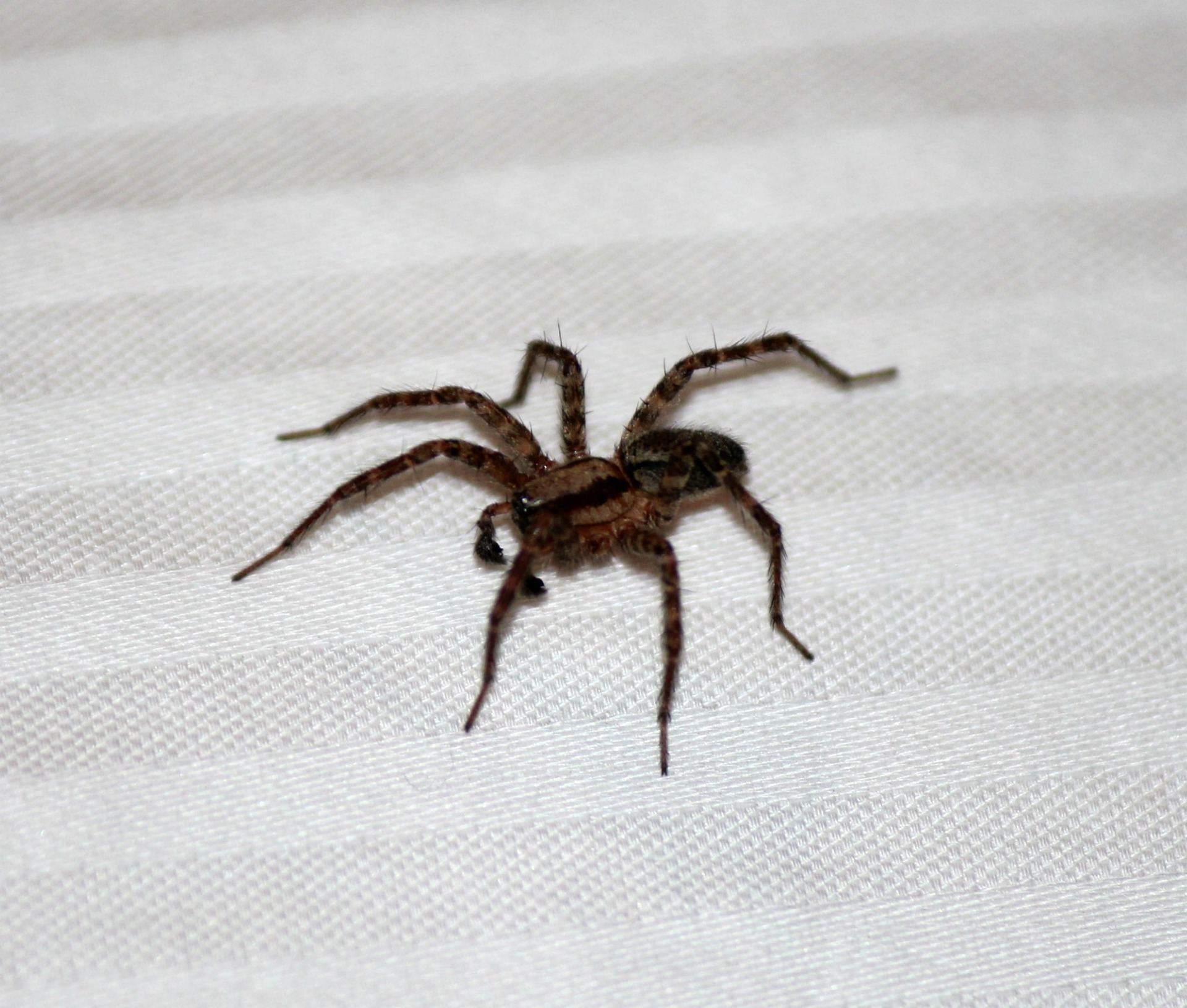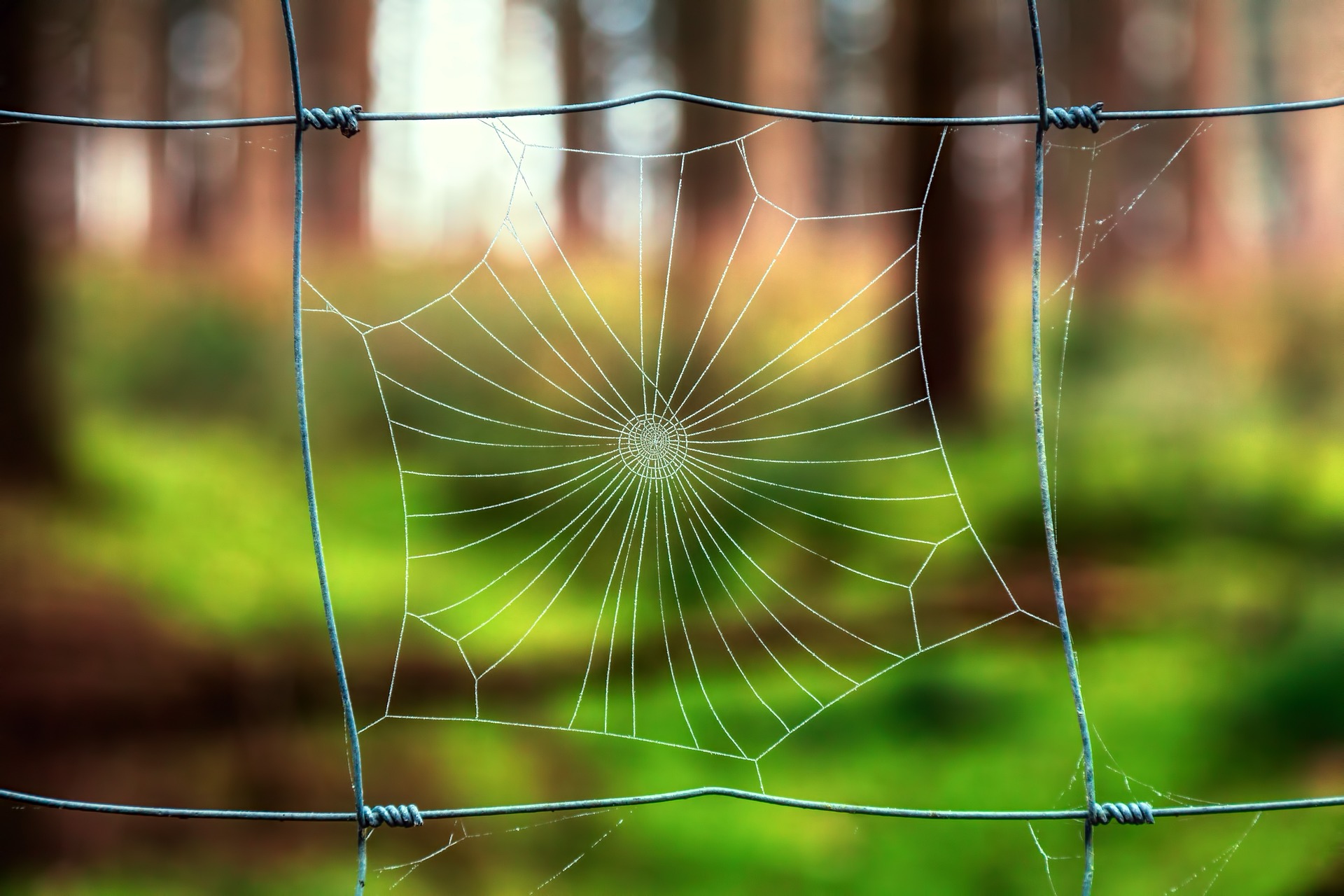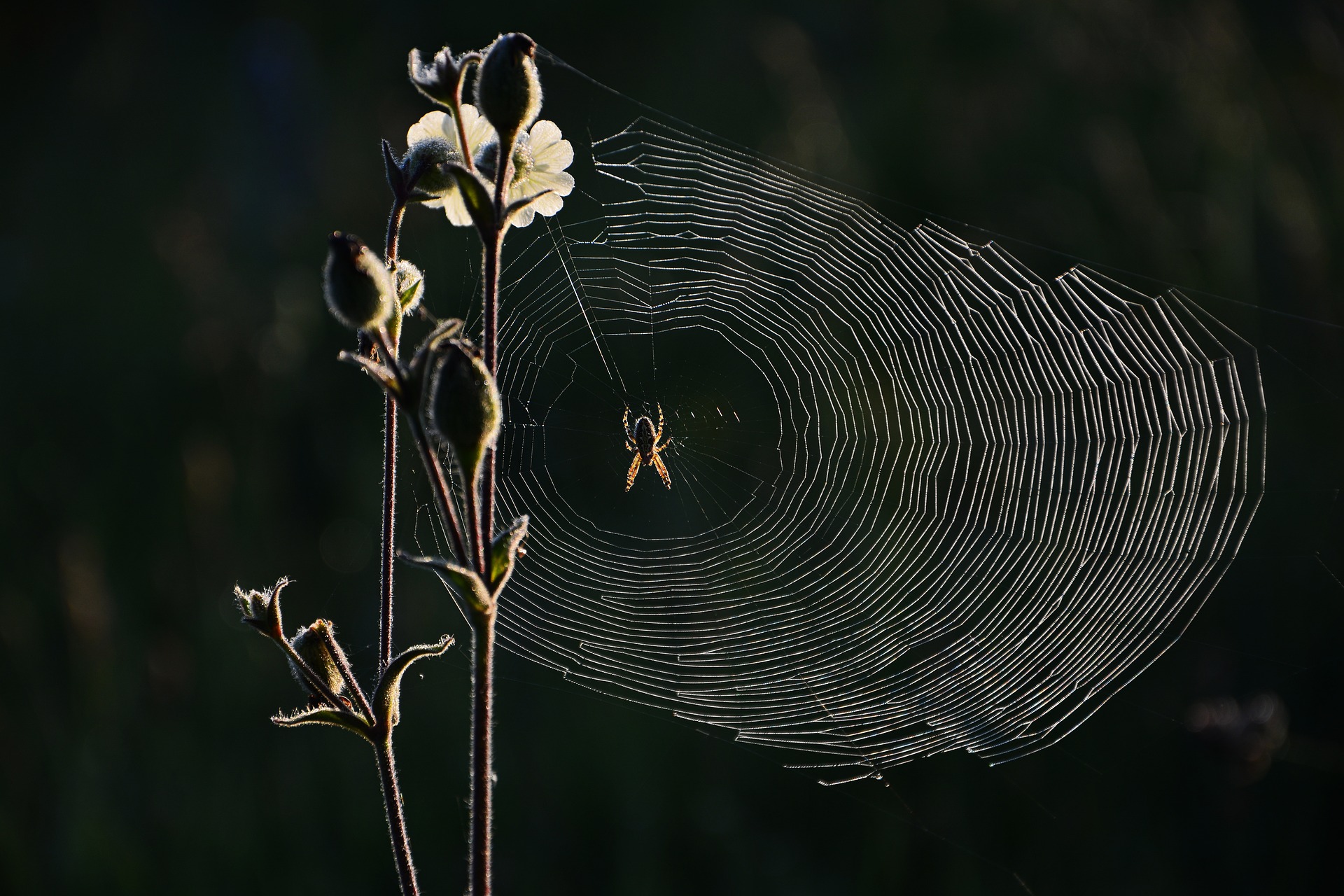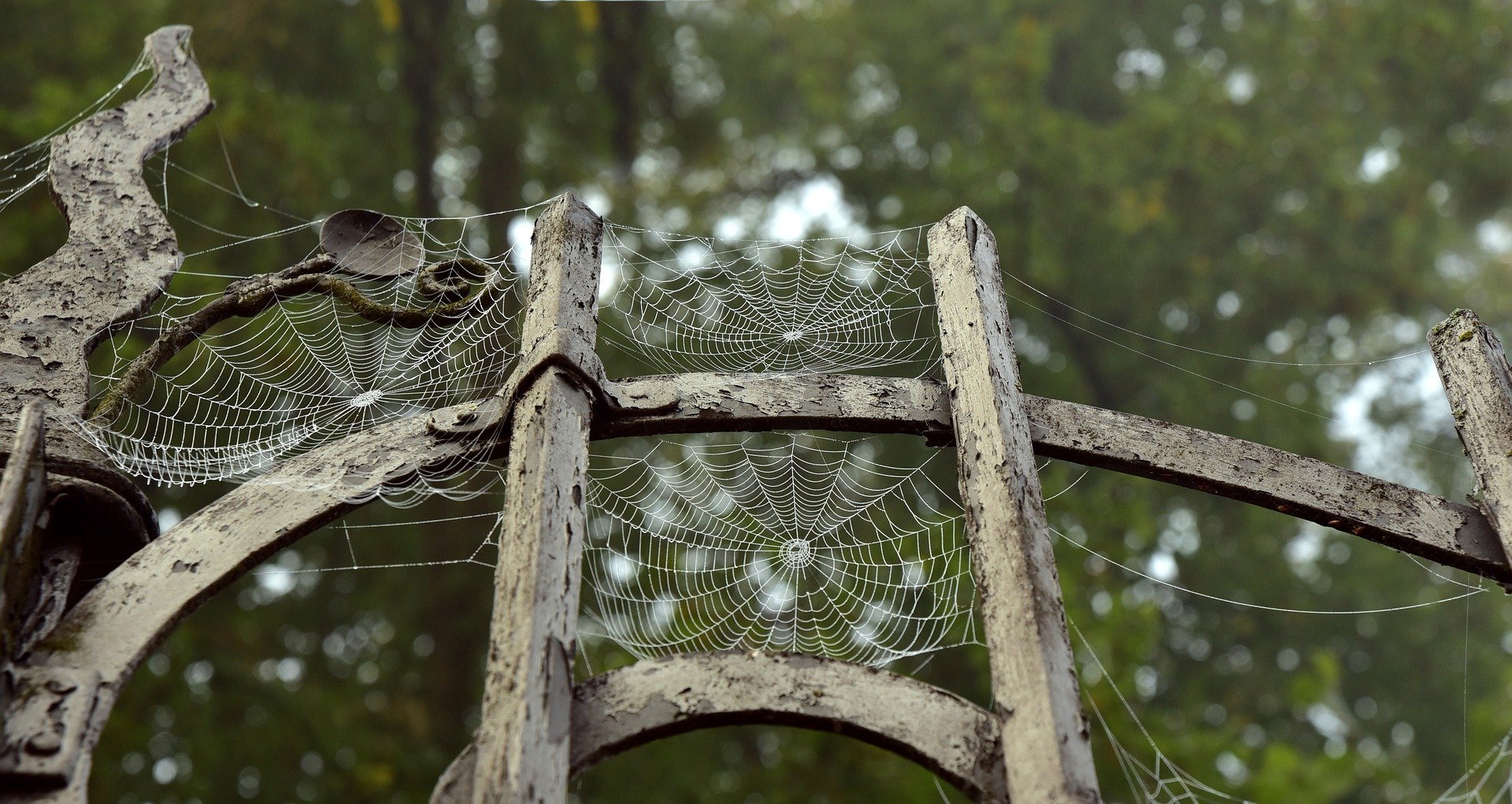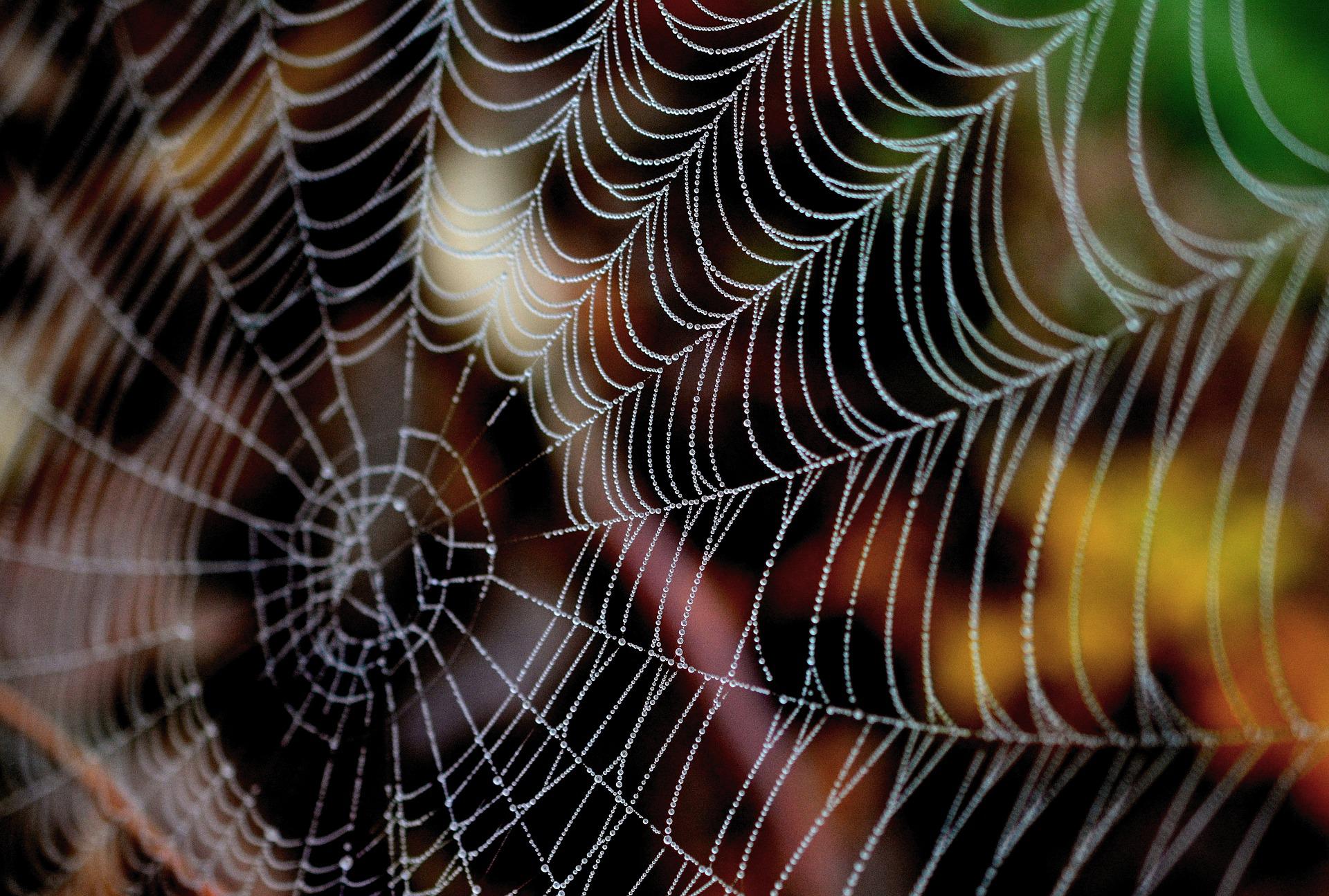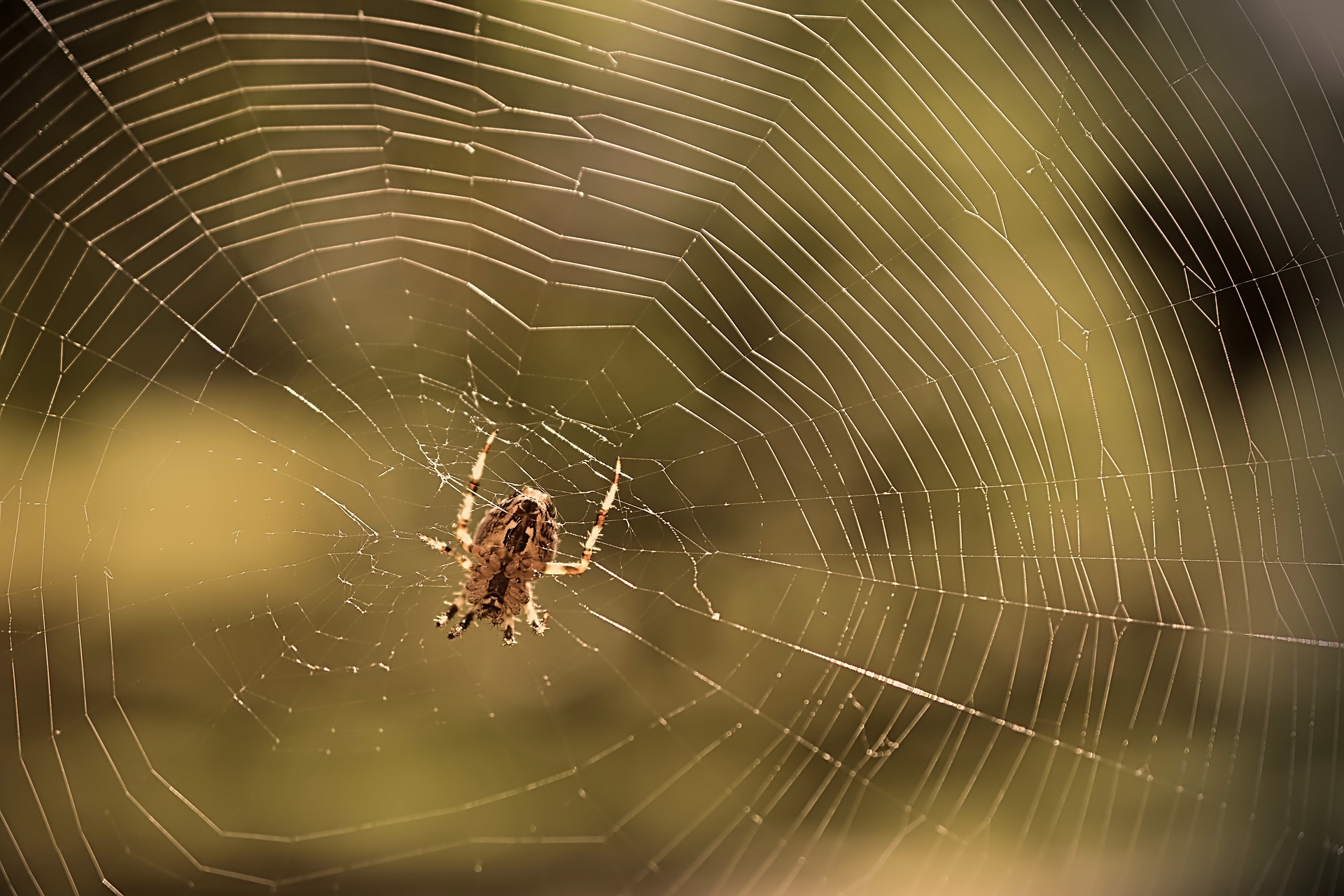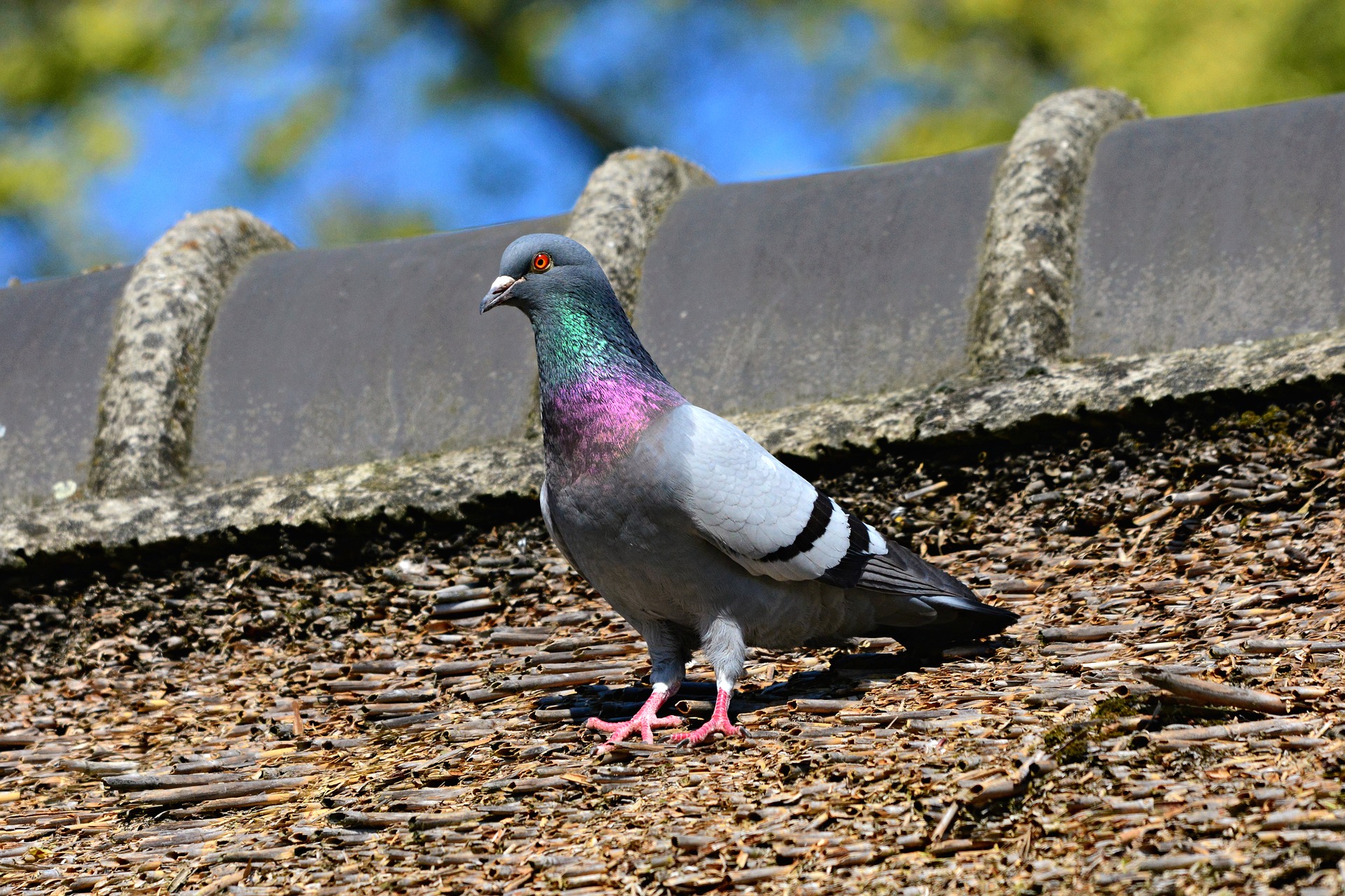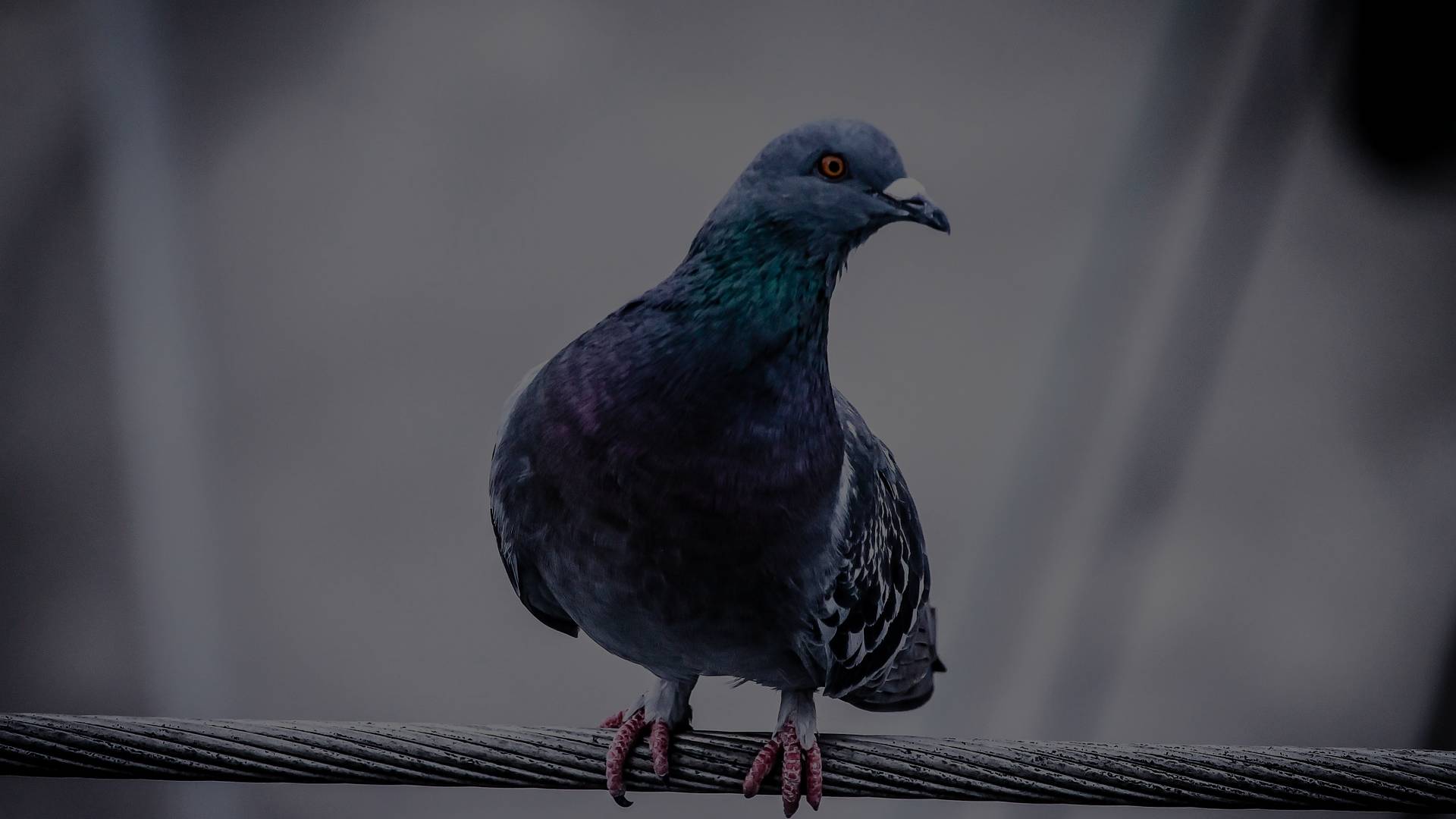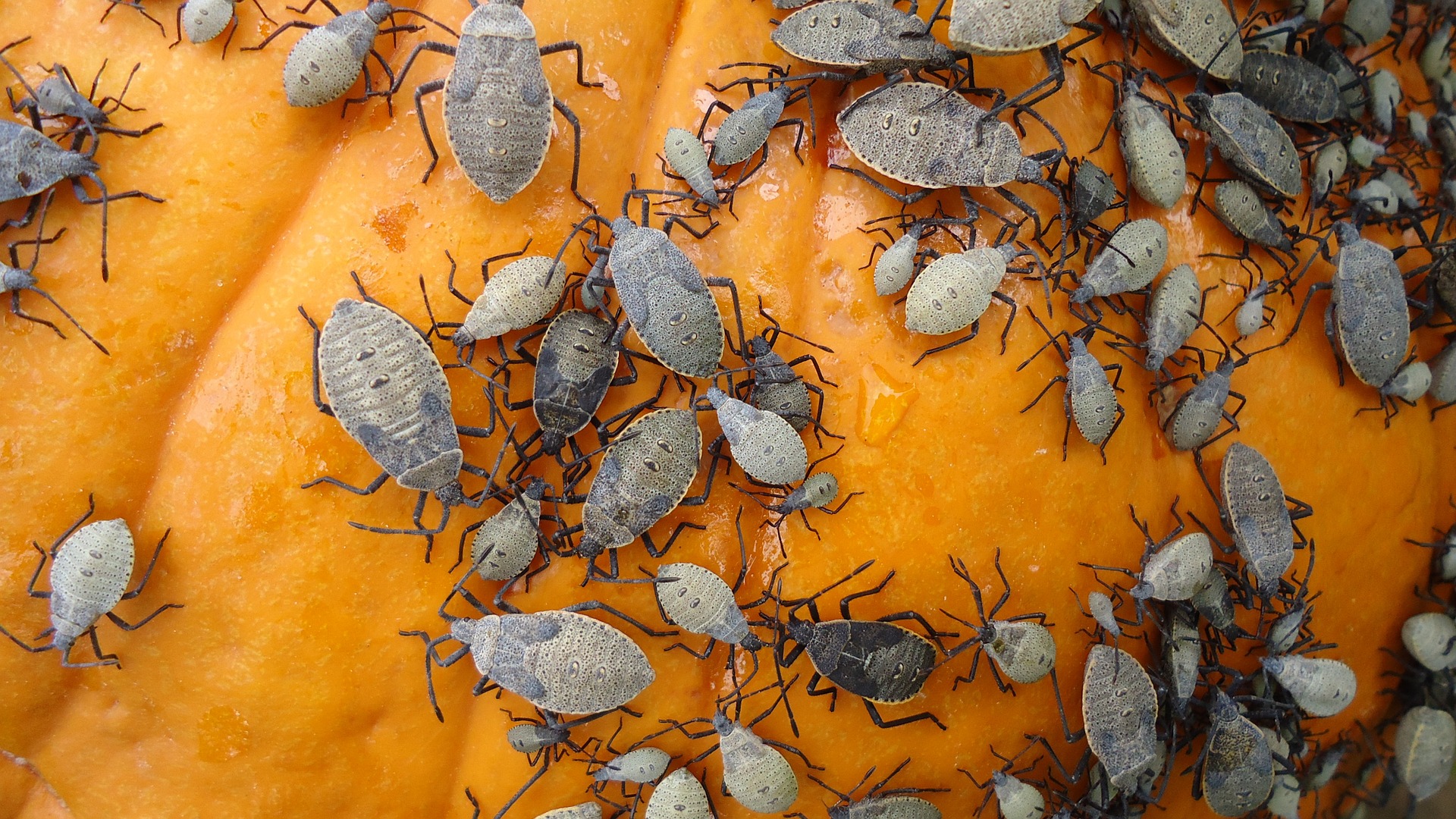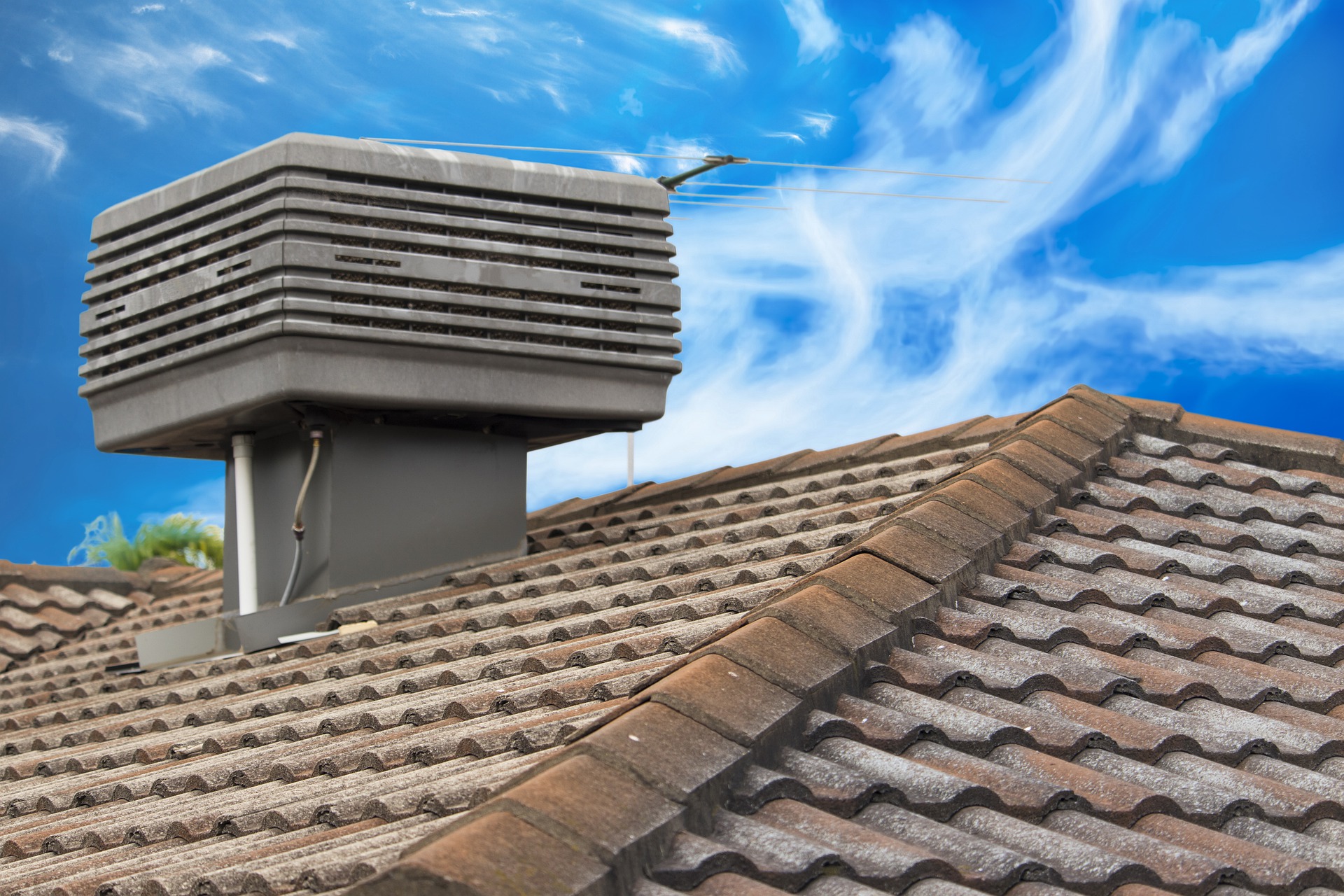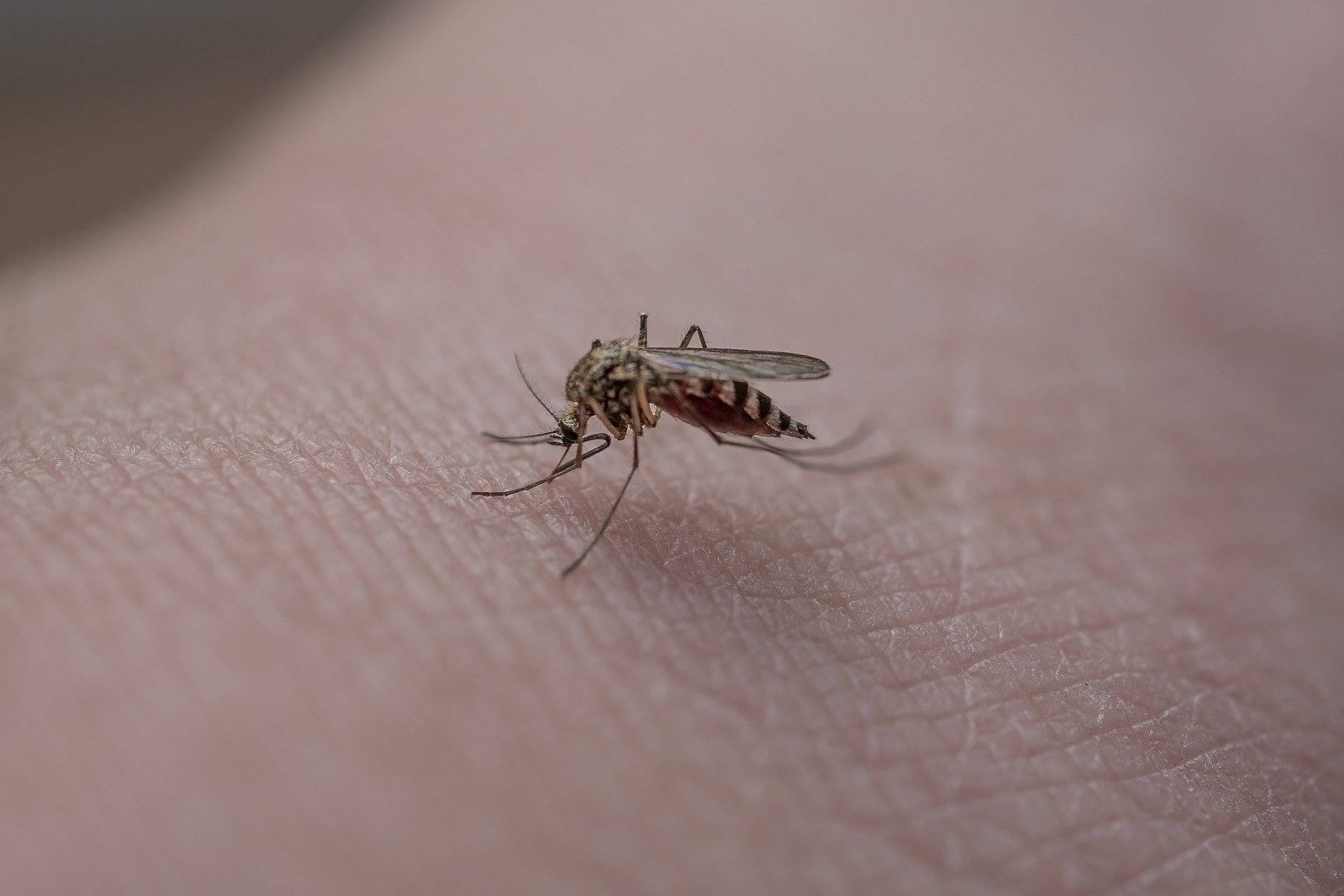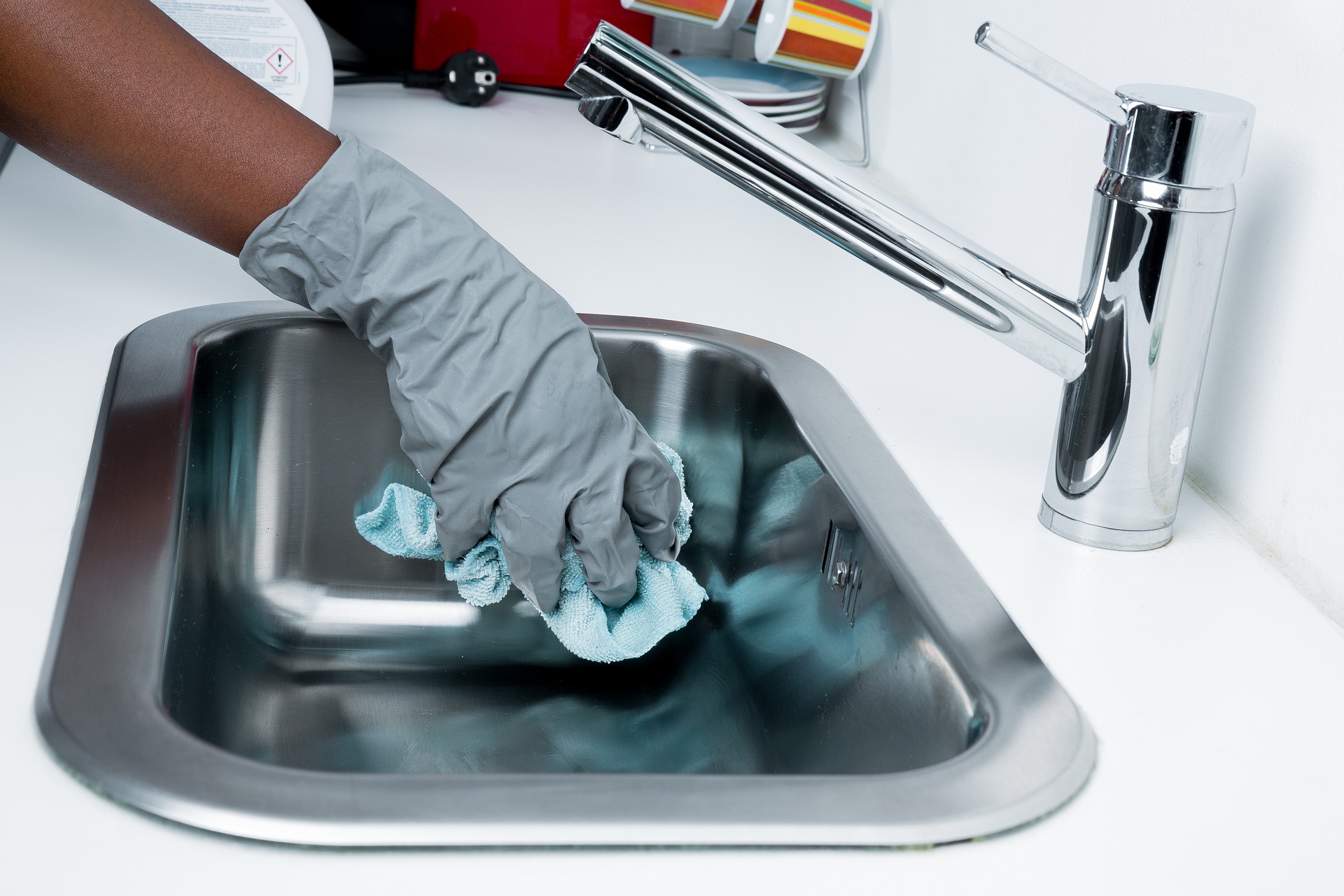Moth infestations can be a frustrating and costly problem for homeowners. These pesky insects can wreak havoc on your clothes, carpets, and pantry items, causing damage that can be difficult to repair. Understanding the causes and signs of moth infestation is crucial in order to take effective preventive measures and maintain a moth-free home. In this article, we will explore the common causes of moth infestation, identify the different types of moths that can invade your home, and provide practical prevention tips for homeowners.
Understanding Moth Infestation: Common Causes and Signs to Look Out For
Before we delve into prevention tips, it is important to understand the common causes and signs of moth infestation. Moths are attracted to dark, undisturbed areas where they can lay their eggs and feed on organic materials. The most common cause of moth infestation is poor storage and cleanliness practices. Cluttered closets, unsealed food containers, and dirty carpets provide the perfect breeding ground for moths.
Signs of moth infestation include finding holes in your clothes, carpets, or upholstery. You may also notice small, silvery cocoons or larvae in your pantry or storage areas. Additionally, if you spot adult moths flying around your home, it is a clear indication of an infestation. Being vigilant and proactive in identifying these signs can help you take immediate action to prevent further damage.
The Culprits Behind Moth Infestation: Identifying the Different Types of Moths
There are several types of moths that can invade your home, each with their own preferences and habits. The most common types include clothes moths, pantry moths, and carpet moths.
Clothes moths, such as the webbing clothes moth and the casemaking clothes moth, are notorious for damaging natural fibers like wool, silk, and fur. They are often found in closets and drawers where they lay their eggs on clothing and feed on the fibers.
Pantry moths, also known as Indian meal moths, are attracted to stored food products such as grains, cereals, and dried fruits. They can easily infest your pantry and contaminate your food, leading to potential health risks.
Carpet moths, like the tapestry moth and the case-bearing moth, can cause significant damage to carpets, rugs, and upholstery. They lay their eggs in the fibers and larvae feed on the natural materials, leaving behind unsightly holes and damage.
Preventing moth infestation requires a combination of cleanliness, organization, and proactive measures. Here are some effective prevention tips to safeguard your home:
Regular cleaning: Vacuum your carpets, rugs, and upholstery regularly to remove any eggs or larvae. Pay special attention to dark and undisturbed areas where moths are likely to breed.
Proper storage: Store clothing and other susceptible items in airtight containers or garment bags. This will prevent moths from accessing them and laying eggs.
Inspect and quarantine: Before bringing new clothing or pantry items into your home, thoroughly inspect them for any signs of infestation. If you suspect an item is infested, quarantine it in a sealed bag until you can properly treat or dispose of it.
Regular pantry maintenance: Clean your pantry regularly, discarding expired or infested food items. Use airtight containers to store dry goods and consider freezing susceptible items for a few days to kill any potential eggs or larvae.
Maintaining a Moth-Free Home: Long-Term Strategies and Best Practices for Homeowners
While taking immediate action is crucial in preventing moth infestation, maintaining a moth-free home requires long-term strategies and best practices. Here are some additional tips:
Regular inspections: Conduct regular inspections of your home, paying attention to closets, storage areas, and carpets. Look for signs of moth activity and take immediate action if necessary.
Proper ventilation: Ensure proper ventilation in your home to reduce moisture levels, as moths thrive in humid environments. Use dehumidifiers or open windows to improve air circulation.
Natural deterrents: Consider using natural moth deterrents such as cedar chips, lavender sachets, or dried rosemary. These can help repel moths and keep them away from your belongings.
Professional pest control: If you are dealing with a severe or persistent moth infestation, it may be necessary to seek professional pest control services. They can assess the situation and provide targeted treatments to eliminate the infestation.
By implementing these prevention tips and maintaining a clean and organized home, you can significantly reduce the risk of moth infestation and protect your belongings from damage. Remember, early detection and proactive measures are key to keeping moths at bay and enjoying a moth-free home.



